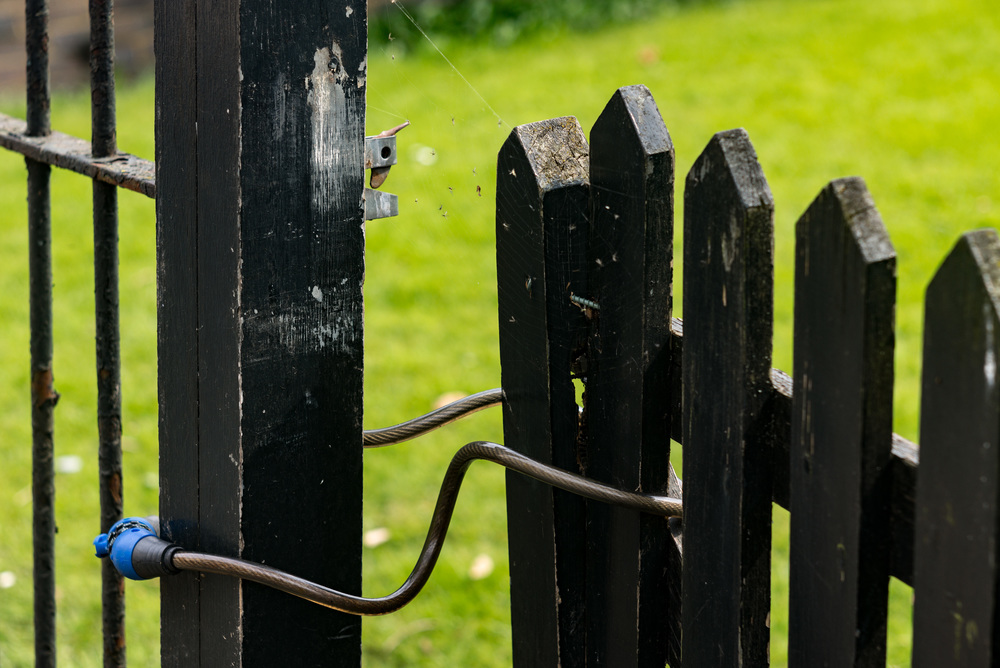
Fancy a cheap-as-chips 90mm lens for your M? Or, perhaps, a 135mm for your Fuji X-Pro? Well, look no further. I have just the candidate in the seductive, lissom supermodel lines of a 1959 90mm f/4 screw-thread Leica Elmar. Once a great lens (and still is, in good condition), this particular specimen is now a reject. It has seen better days. Ivor Cooper at Red Dot Cameras turned up his nose at it because it doesn’t meet his high standards. Said Ivor:

There is a clear fingerprint on one of the elements and the glass is slightly clouded. If I were to stock it there would be a minimum cost of £80 for a CLA, possibly much more if other problems are diagnosed. Since a similar lens in nice condition would go for between £80 and £100 (an exceptional example with original box might fetch as much as £120-£150), there is little sense in a repair—unless you can do it yourself, that is.
In view of this, in its present state, Ivor reckons my poor old Elmar would fetch no more than £30. Still, that’s a lot of Leitz lens for your money, fingerprint and all. For starters, this is a late version of a classic ninety and it looks more than handsome in its chrome suit and vulcanite necktie. For thirty quid it isn’t even a bad doorstop.
Honourable life
The 90mm (earlier designated as 9cm) Leitz Elmar had a long and honourable production life, from 1931 through to 1964, during which a total of 175,000 were made. Six major versions were produced during this period, including the “fat” Elmar and a variety of slim Elmars. The version I own is the post 1950 slim design, manufactured in 1959, in chrome with a narrow vulcanite band next to the mount. In my opinion it is the prettiest of the Elmars.
My poor little orphan was left sitting on the shelf. It does that very well, by the way. It is undeniably pretty even if it were never to take a picture again. It is a very compact ninety, and remarkably slim compared with modern versions. It looks odd mounted on the M because of this thinness; even odder fixed to the Fuji when the added length of the adapter is taken into account.
But is the old girl still capable of mixing it with the sexy modern upstarts with their sharpness and fast ways? On the face of it, no way.
Colour samples, Leica M-P and 90mm Elmar f/4 (click to enlarge):
Colour samples, Fuji X-Pro2 and Elmar at 135mm (click to enlarge):
But this is a story of clouding turning to fair skies. The old Elmar does indeed still has its moments as I discovered. Not wanting to waste a film on it, if it were indeed as bad as feared, I fitted it to my M-P and set forth on a fact-finding mission. Wary of the possibility of the focus being off as far as the mechanical rangefinder mechanism is concerned, I took along the VF-2 electronic viewfinder so I could compare rangefinder focus visually through the finder. I was happy to discover that focus is spot on and works reliably on the M.
Impressive results
The results from the M-P were surprisingly good, at least in my opinion. Focus was easy although, as always with a 90mm, I prefer to use the EVF. The lens suffers from mild vignetting, not just wide open but at mid aperture settings. I haven’t attempted to correct this in the sample photographs but, in any case, I do not object to a bit of vignetting. The lens also suffers from flare unless you are very careful, even in the rather dull test conditions. A hood would be a good idea but it would probably cost more than the lens. There is also significant softness at the edges but the centre is remarkably sharp. Contrast is lacking by modern standards, and possibly exacerbated by the slight cloudiness of the optics, but is easily corrected. That anonymous fingerprint is not detectable in the results, so why worry?
Round one, then, to the M-P and a worthy performance from the “reject” Elmar. The next stage is to turn the 90mm Elmar into a 135mm telephoto lens, perfect for portraits. To do this I mounted it on the new Fuji X-Pro2. Immediately it is obvious that vignetting is no longer a problem since the Fuji’s APS-C sensor is using the centre of the lens. William Fagan commented recently that in his opinion Leica lenses perform better on an APS-C camera simply because the centre of the lens, the sharpest bit as always, is focused on the full area of the sensor. There is still evidence of softness around the edges of the frame which, I am told, is typical.
Monochrome samples, Leica M-P and 90mm Elmar f/4 (click to enlarge):
Monochrome samples, Fuji X-Pro2 and Elmar at 135mm (click to enlarge):
Ergonomics
While the M recognised movement in the Elmar’s focus ring and obligingly magnified the image for greater clarity, no such automation is possible with the Fuji (or any other non-rangefinder camera for that matter). It’s necessary to prod a button to bring up magnification before every shot. Focus peaking on the Fuji is more distinct and usable than on the M, although I tried and rejected Fuji’s too-clever split-image emulation. It doesn’t cut the mustard for me.
Ergonomics on the Elmar are unusual. The focus ring is super light and smooth, perhaps too light because it is very easily knocked out, and the entire front of the lens, aperture ring and all, moves along with the focus ring. To change the aperture it is necessary to hold the focus ring firmly while turning the aperture ring. As with most vintage Leitz lenses the minimum focal distance is 1m rather than the 70cm usual on the majority of modern lenses (excepting the 50mm Noctilux and some longer lenses)
All the monochrome photographs in this article are taken from RAW and processed in Silver Efex Pro using the standard “Fine Art” template for consistency. The colour shots have been taken from RAW and adjusted in Lightroom to add a little more sharpness and contrast. The Fuji shots have a more vivid colour rendering, as is obvious, but overall I tend to prefer the more neutral and natural colour from the Leica. On the other hand, the Fuji’s monochrome rendering has a little more impact.
What can we conclude from all this? Even a reject vintage lens, if bought carefully, in full knowledge of potential pitfalls and at the right (low) price, is probably going to perform better than you would imagine.
I wonder who the fingerprint belongs to? Whoever he (or she) was, it has saved me the thick end of £50.
Cheap as chips
If you are running a modern mirrorless camera such as a Sony A7, Fuji X-Series or Olympus micro four thirds, you can add a good looking and talented Leitz lens to your bag for little more than £30. You will need a suitable adapter, of course. Even as an additional M lens, the Elmar makes sense if you don’t often use the longer focal length and draw the line at spending a thousand or so for a more modern and more popular 90mm that might sit doing nothing most of the time.
But don’t forget that this is a ninety only on a full frame sensor. On the Fuji it will act like a 135mm while on an MFT camera such as the the Olympus it will extend to a whopping 180mm. All you need is three bodies and one lens and you’re in business for £30.
- Subscribe to Macfilos for free updates on articles as they are published. Read more here
- Want to make a comment on this article but having problems? Please read this
- Thanks to Francis at Red Dot Cameras for assisting with the product shots and to Ivor for background information on lens condition and prices

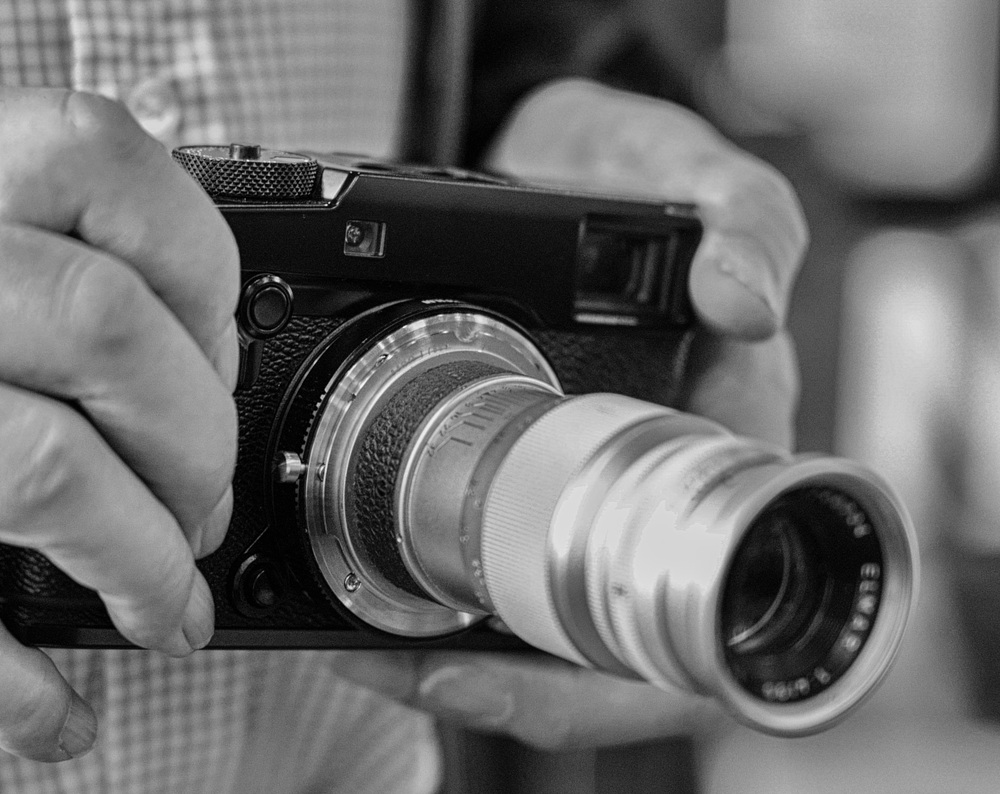
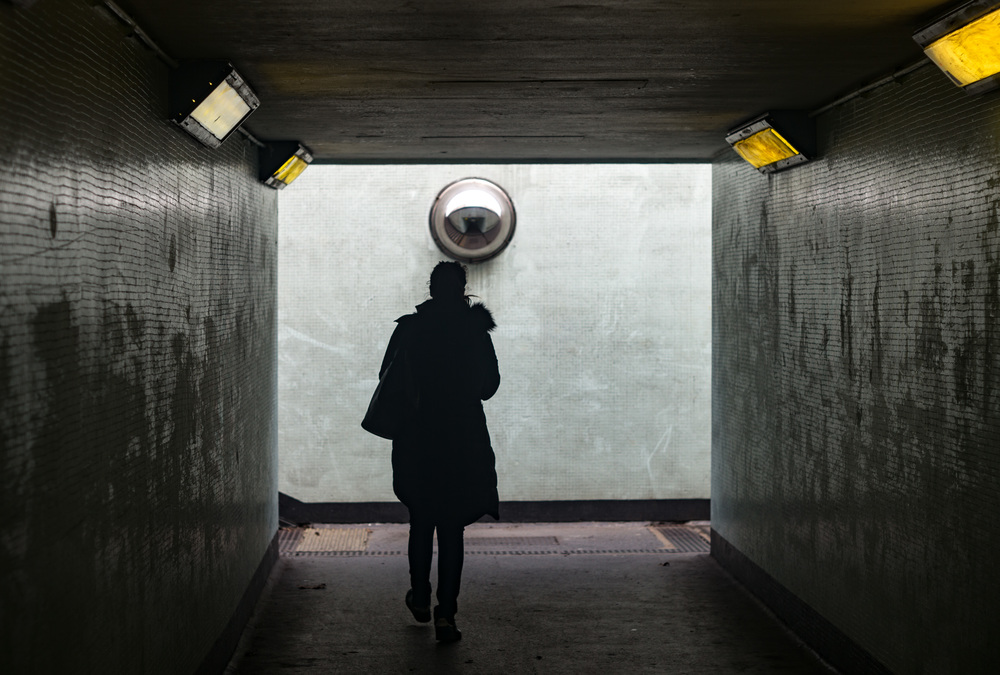
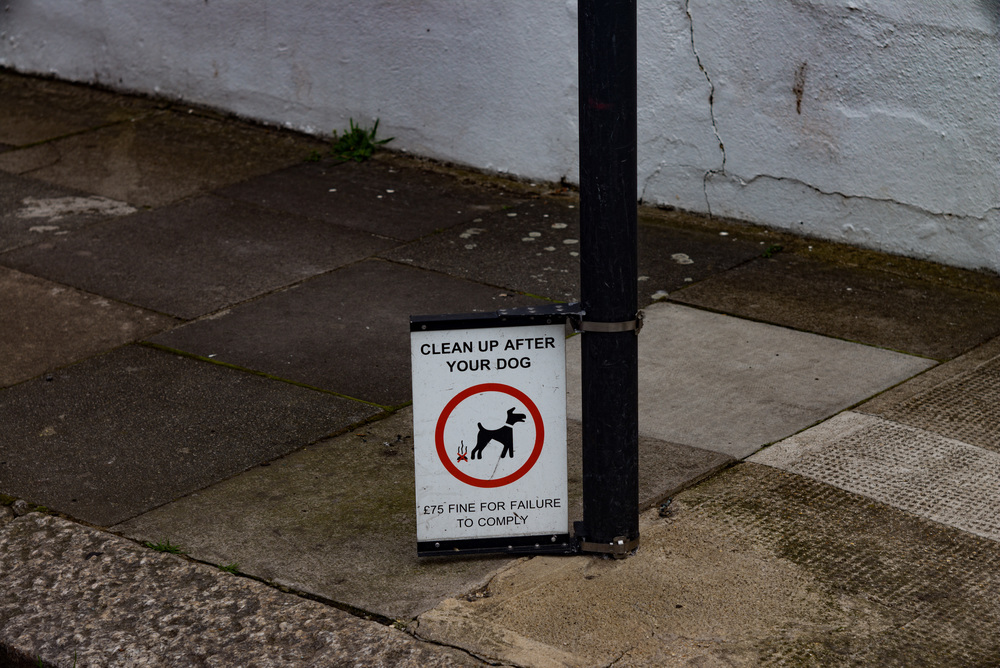
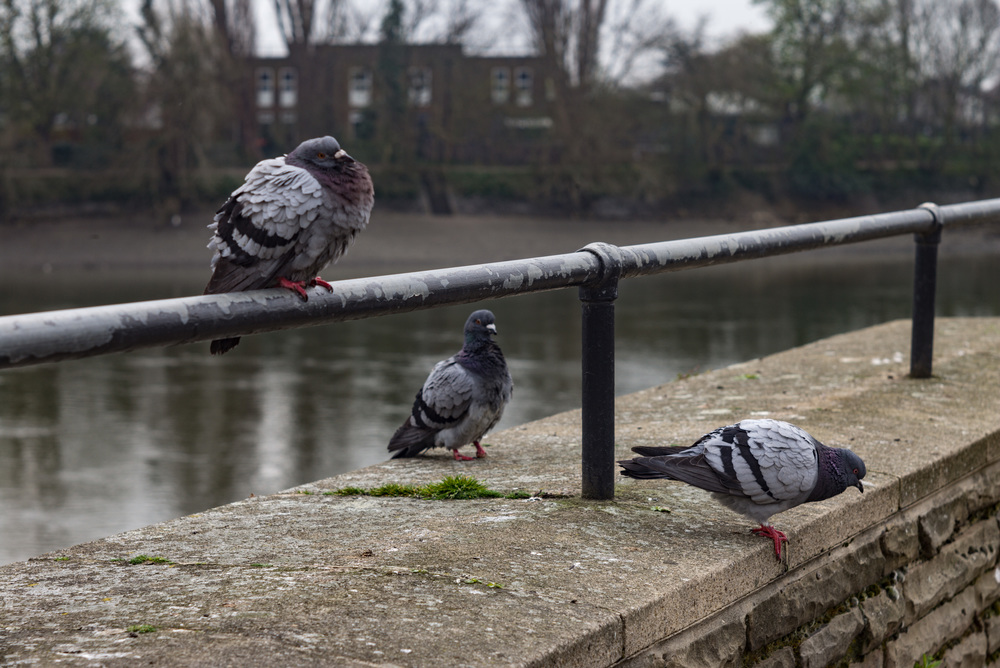
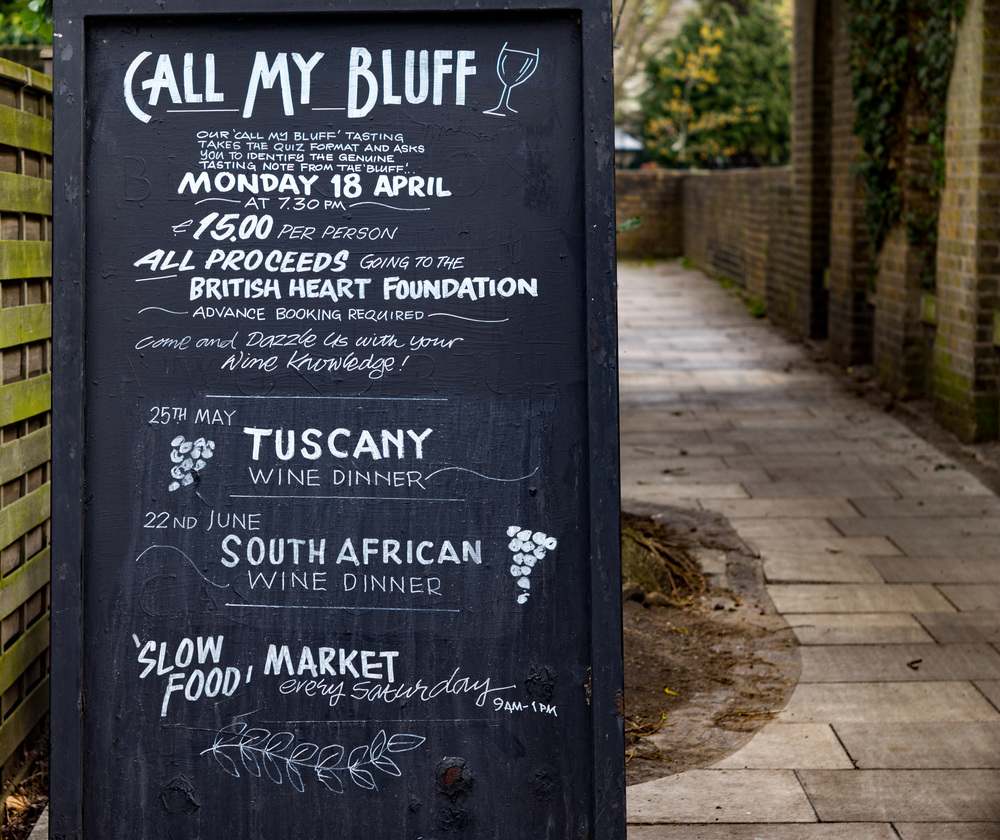
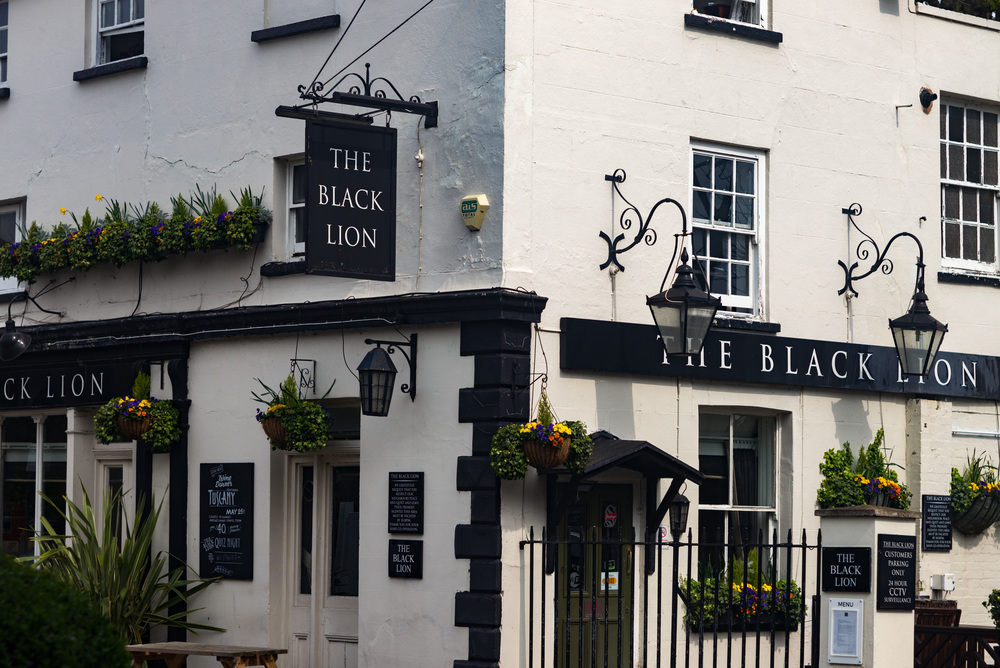
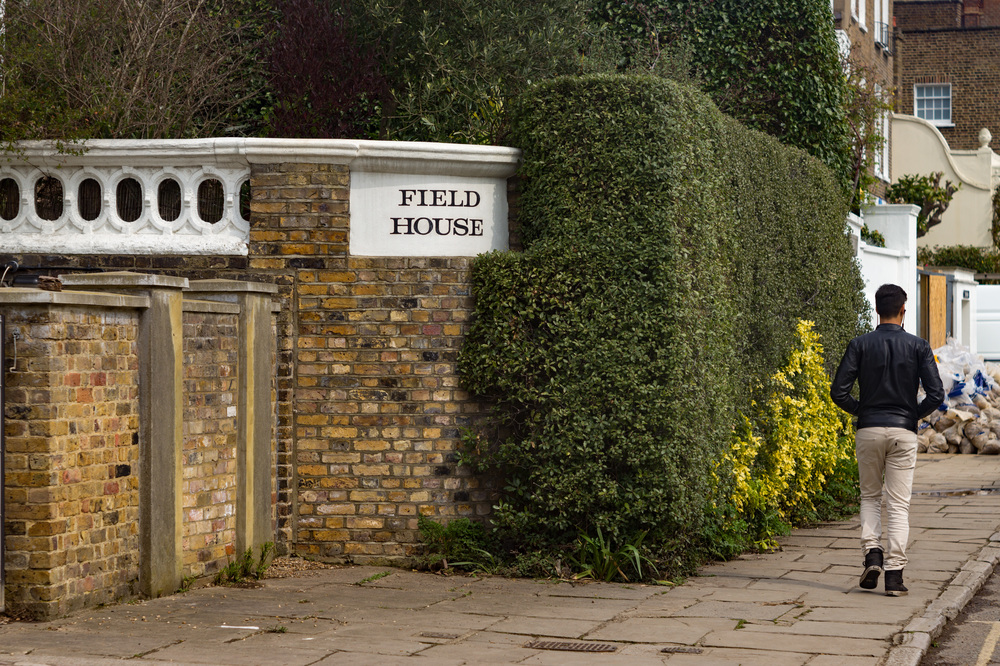
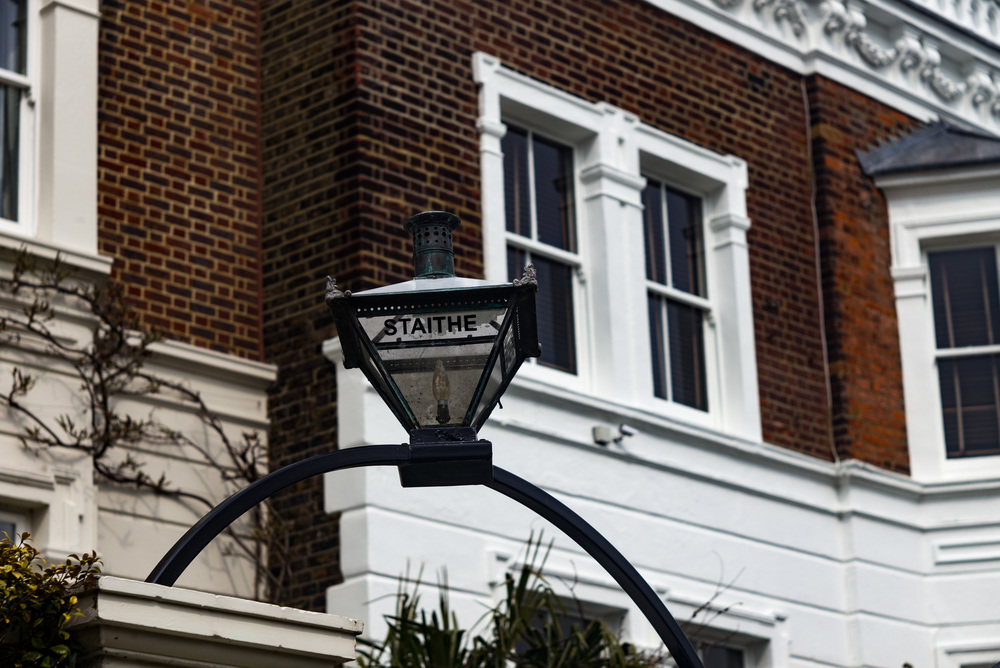
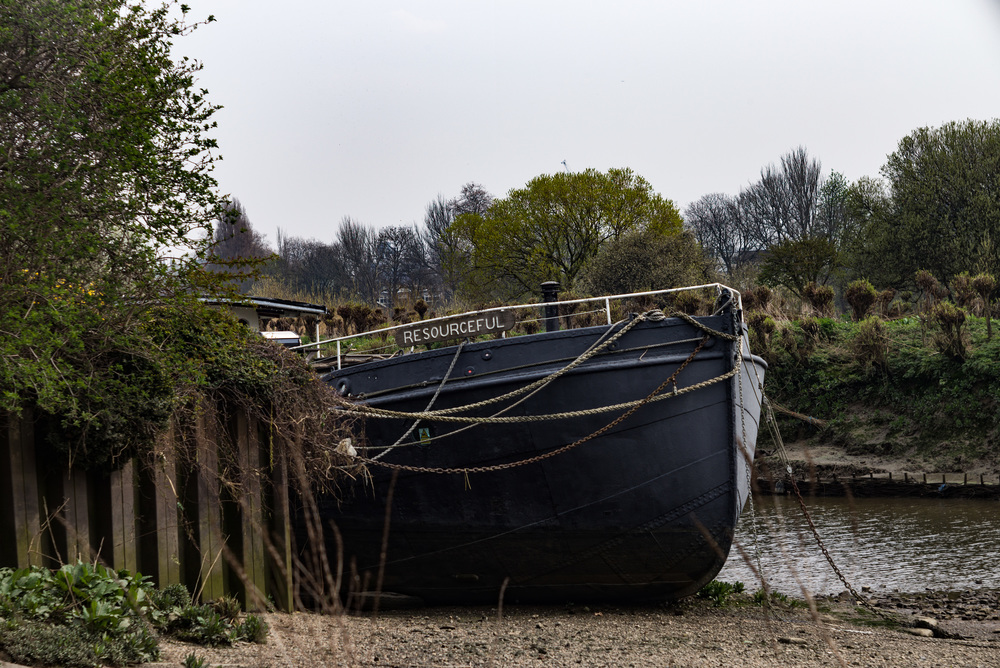
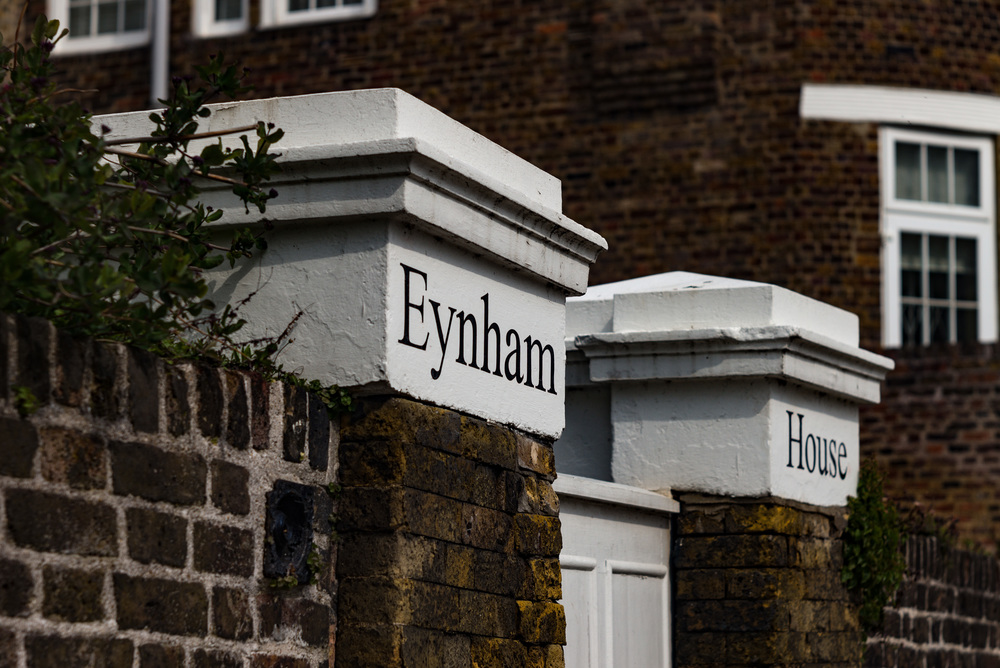
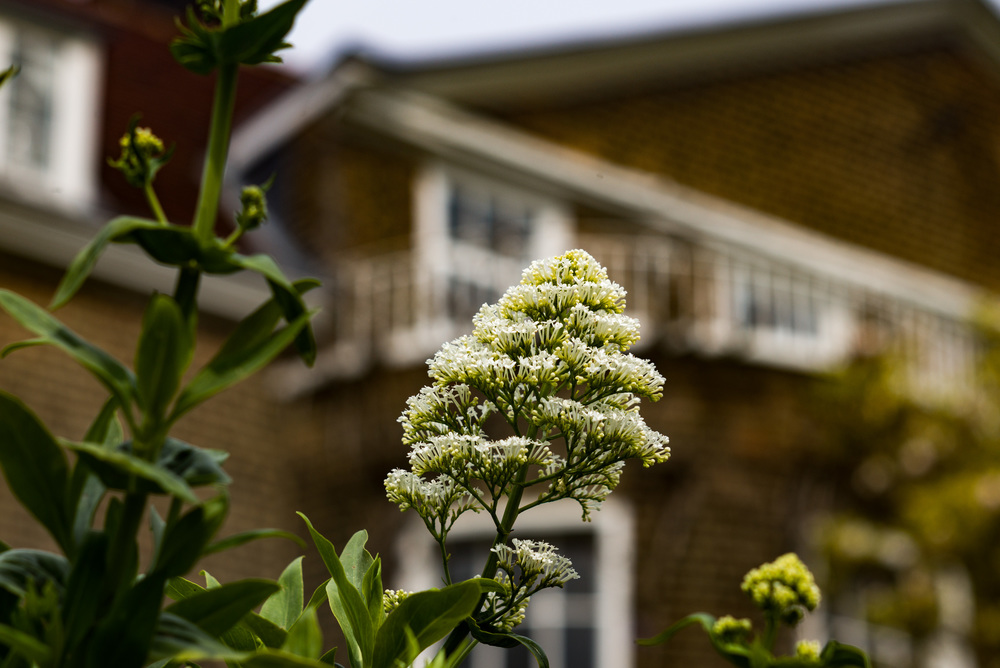
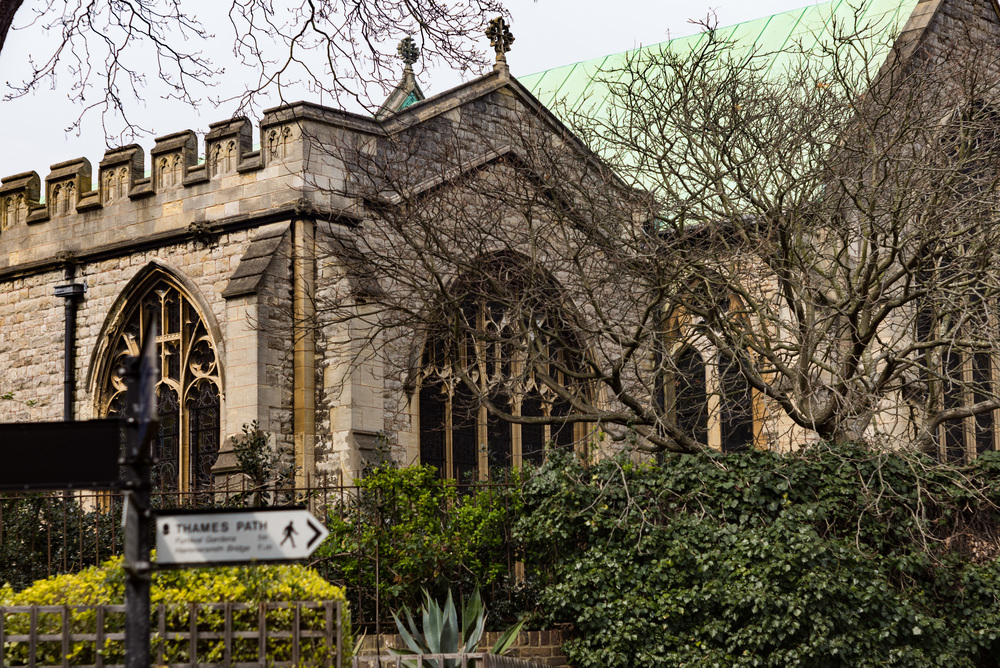
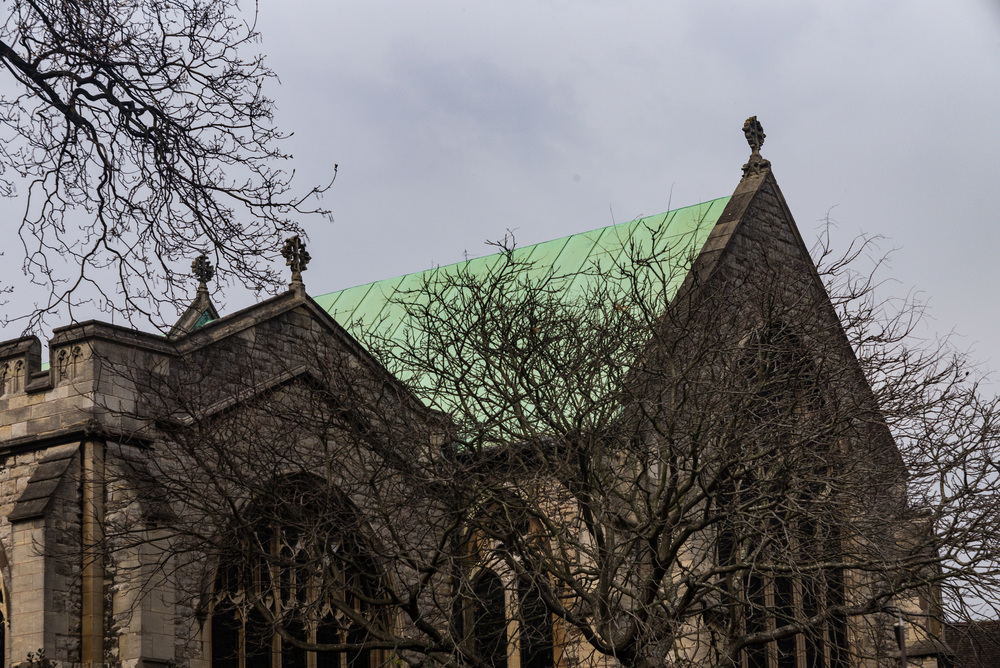
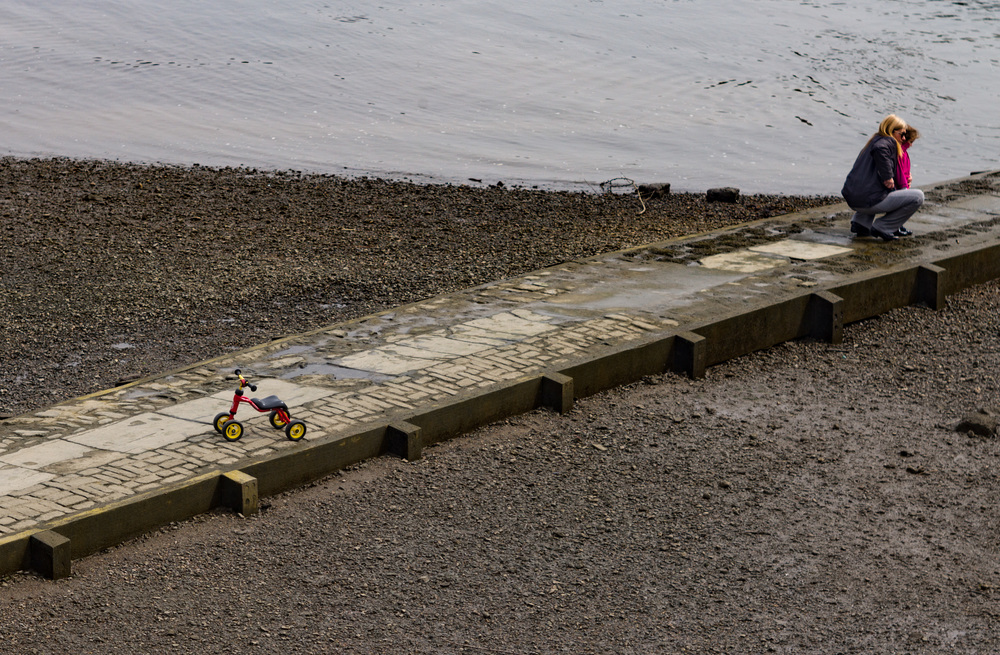
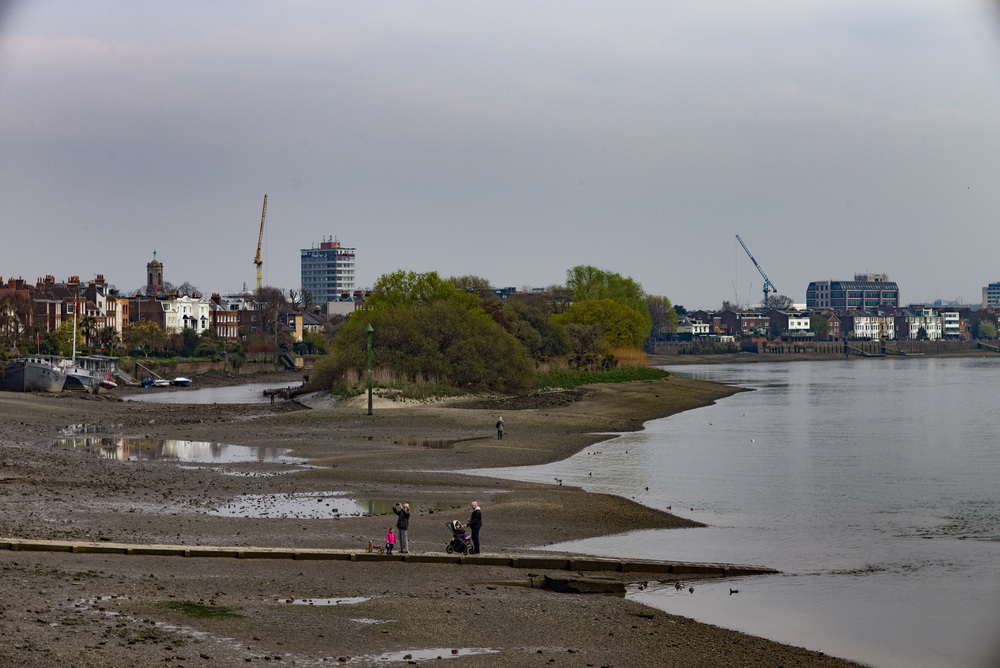
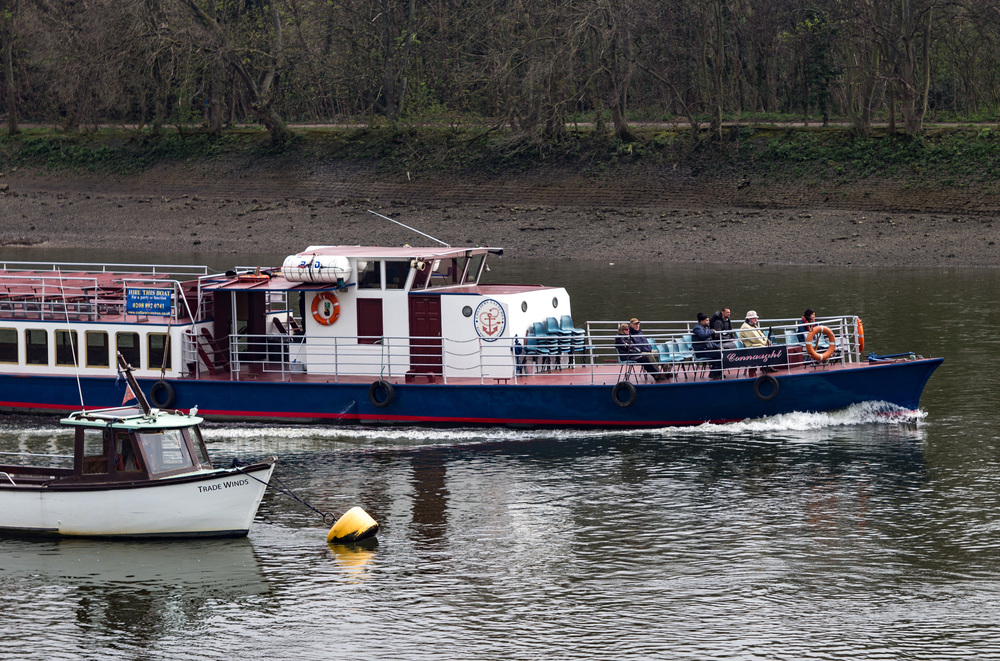
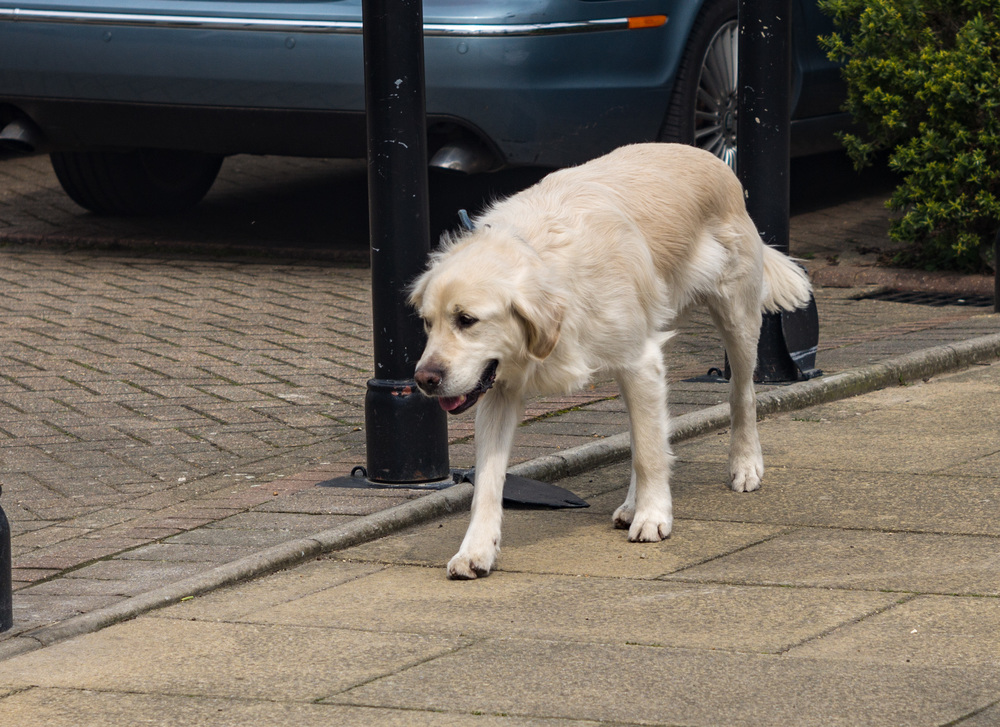
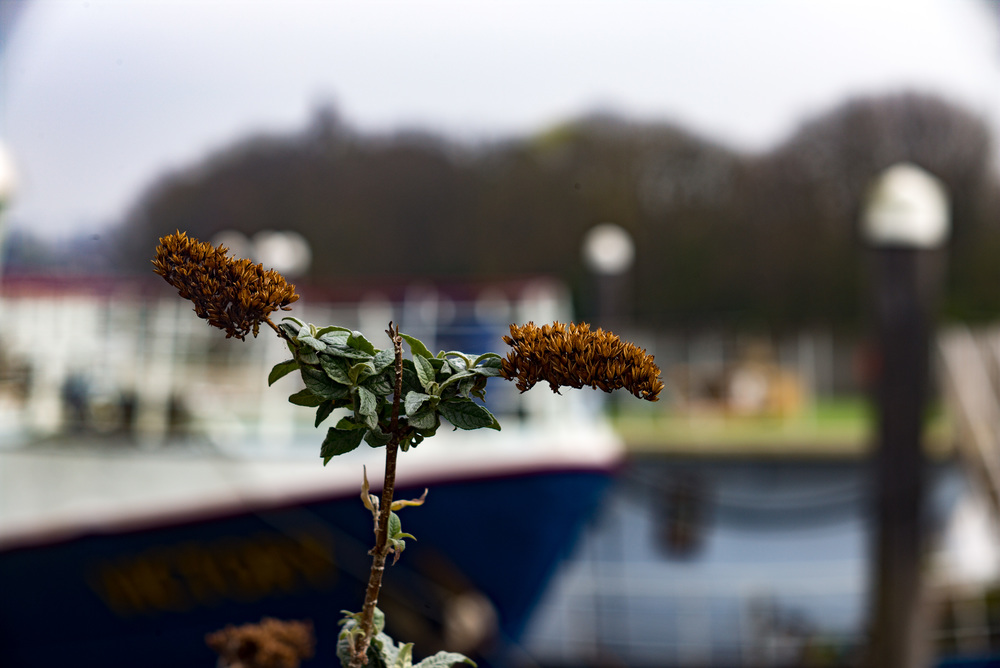
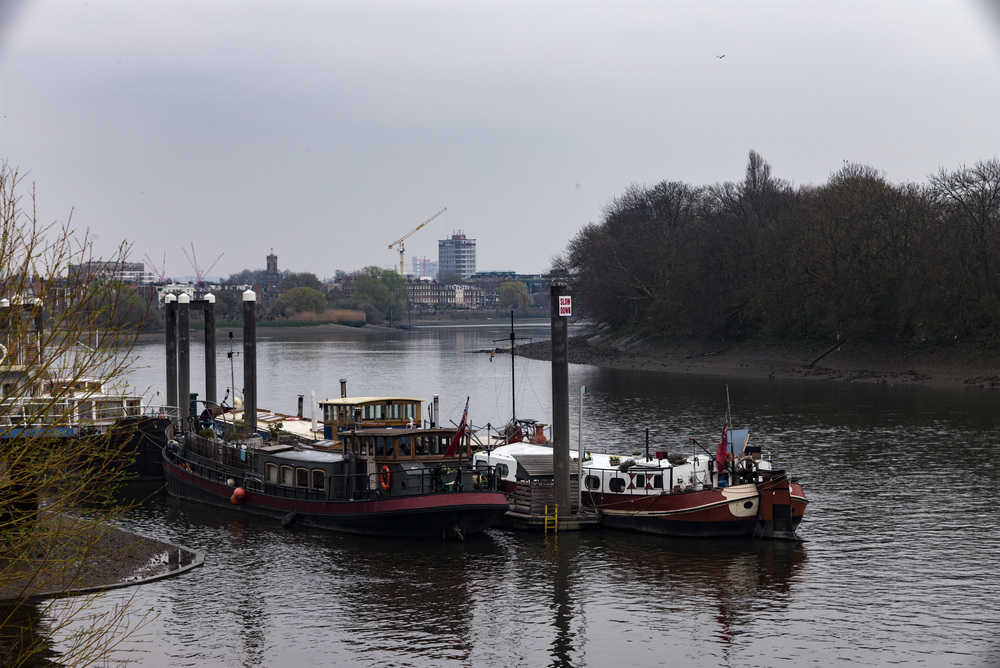
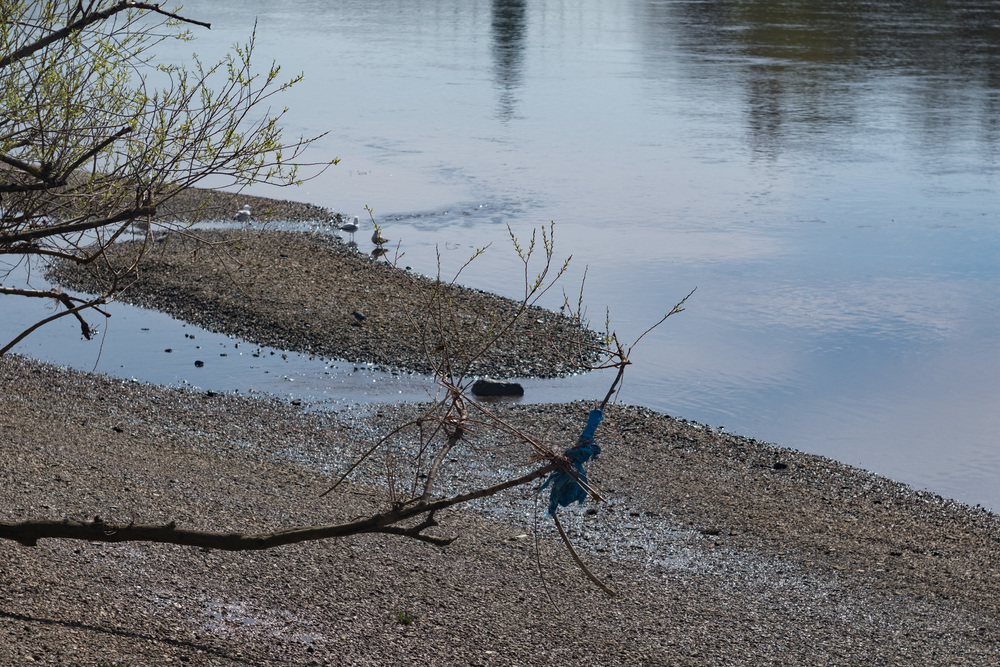
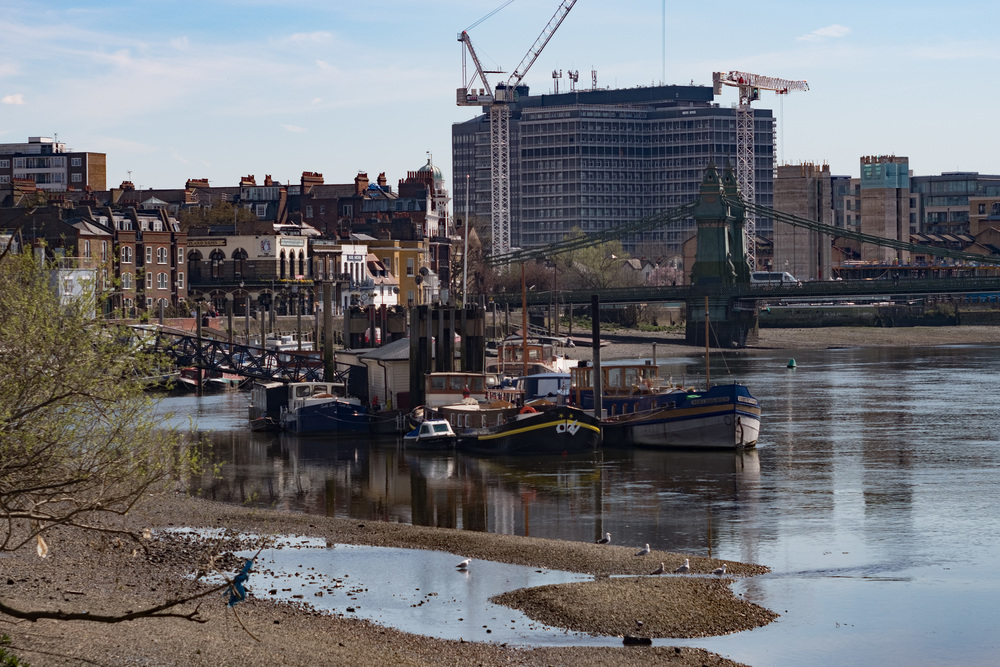
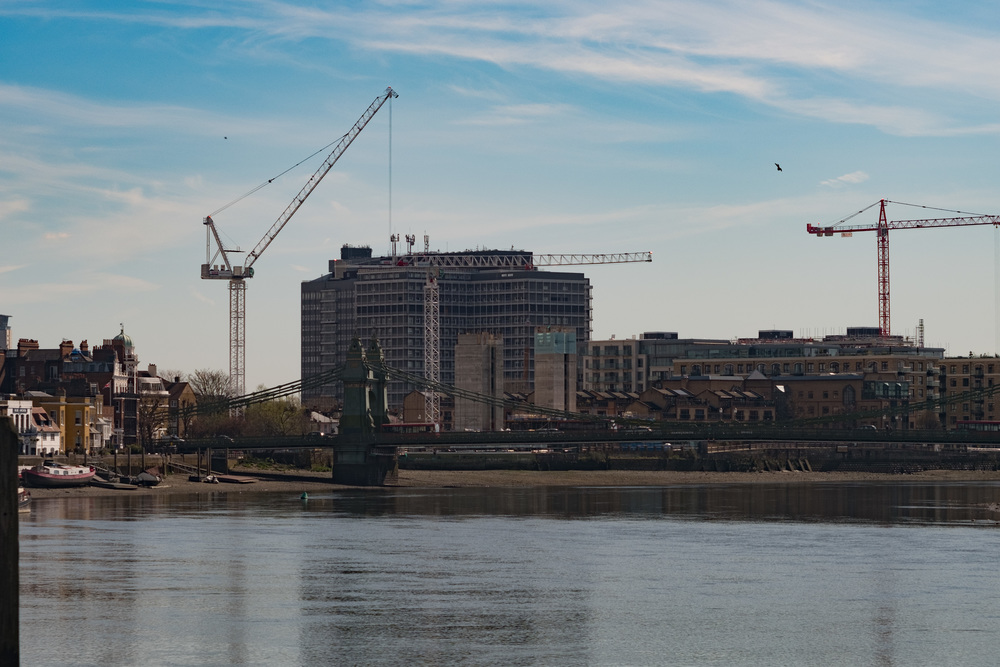
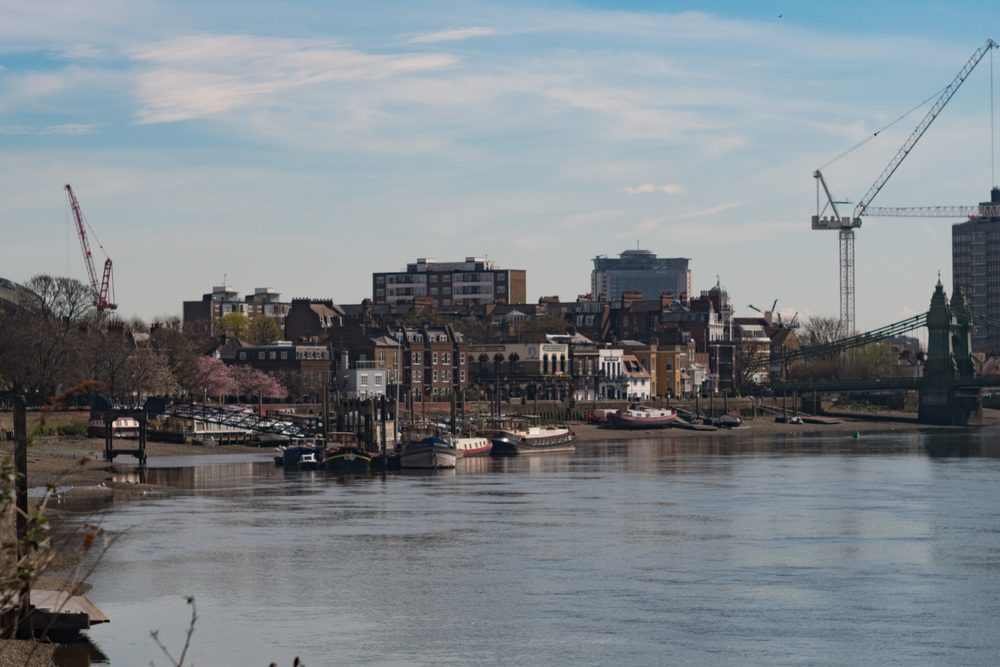
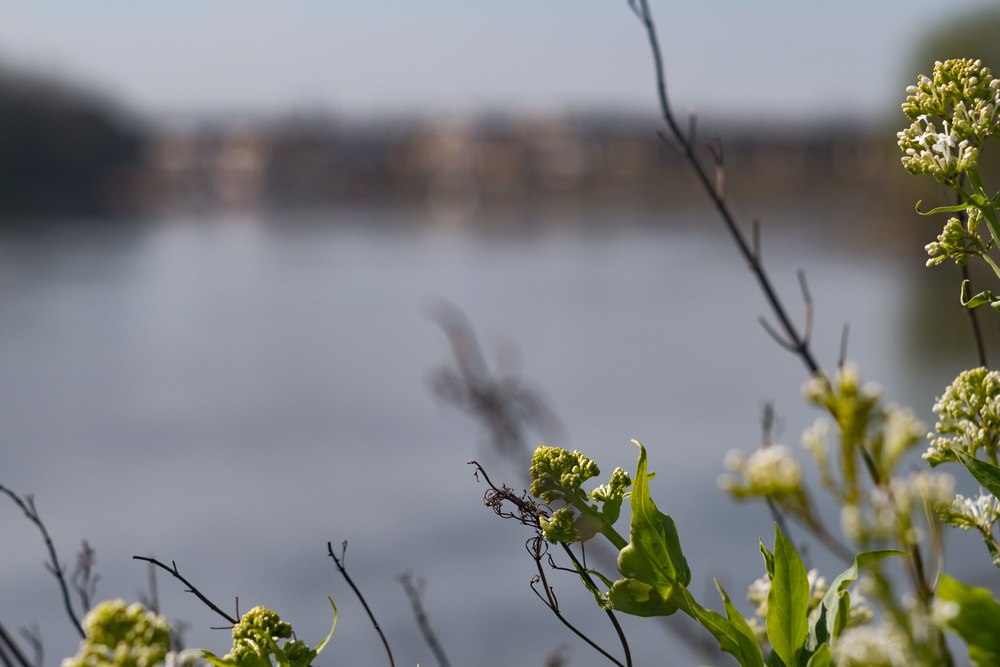
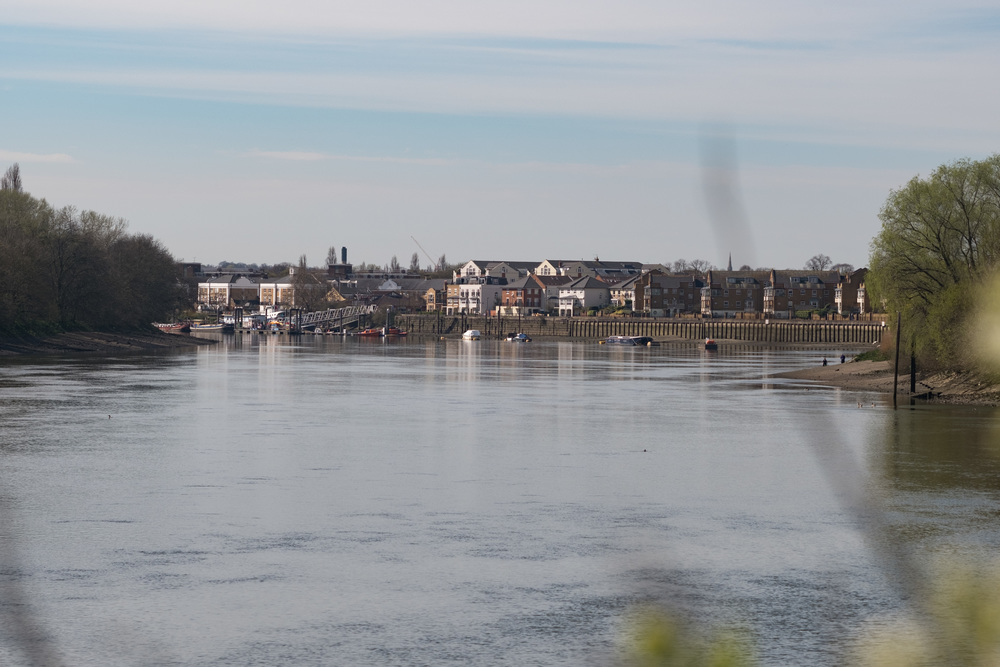
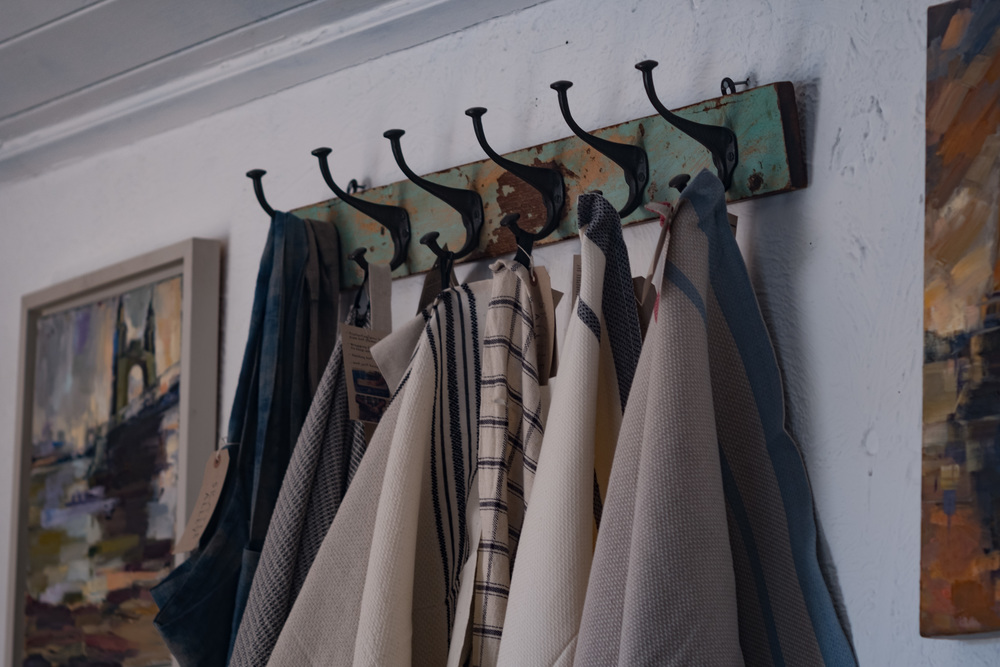
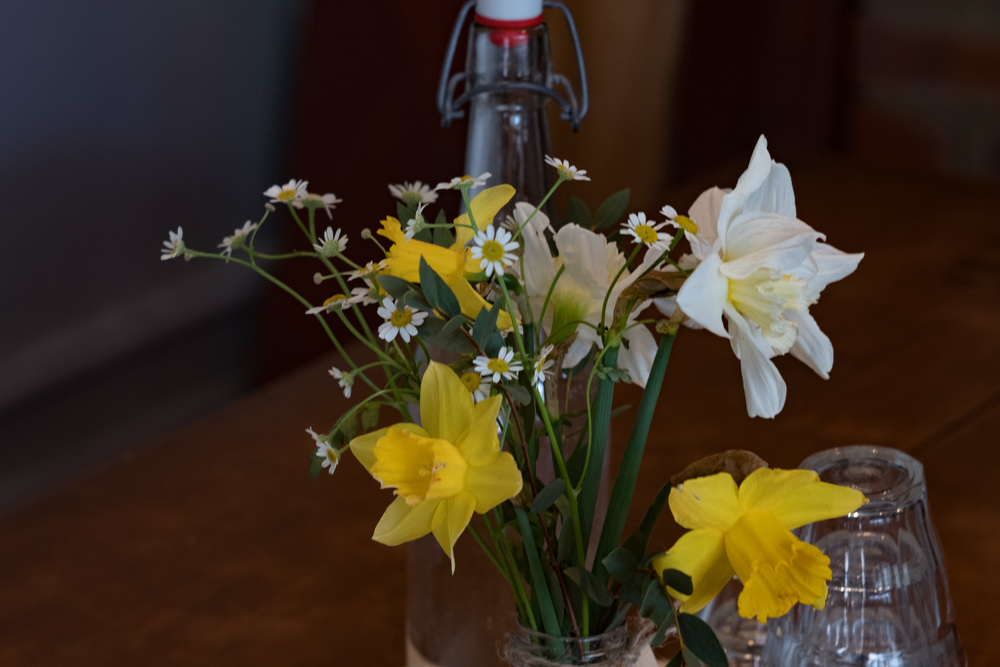
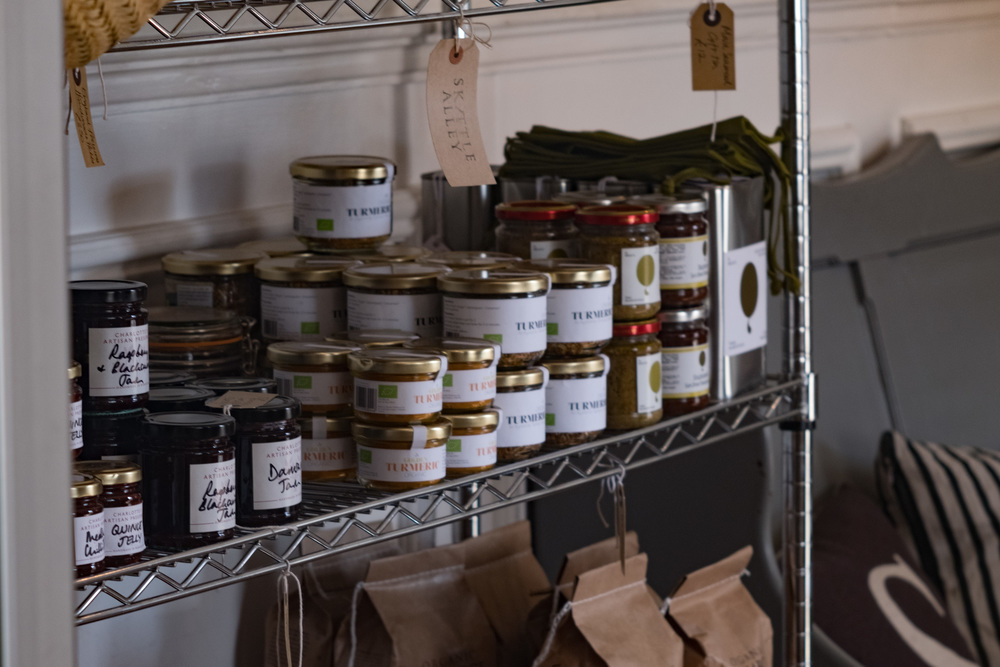

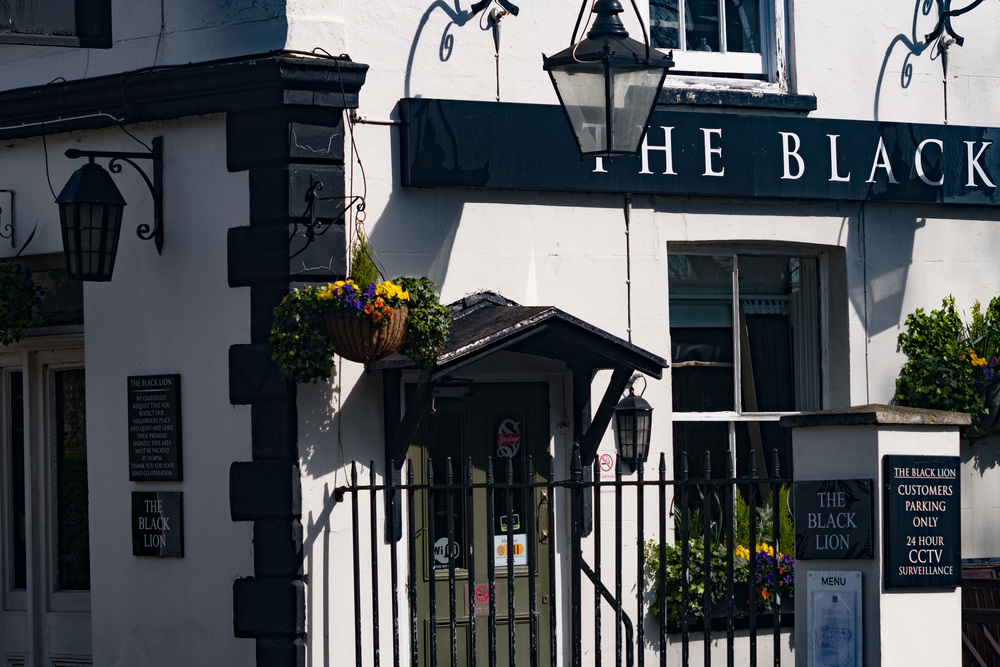
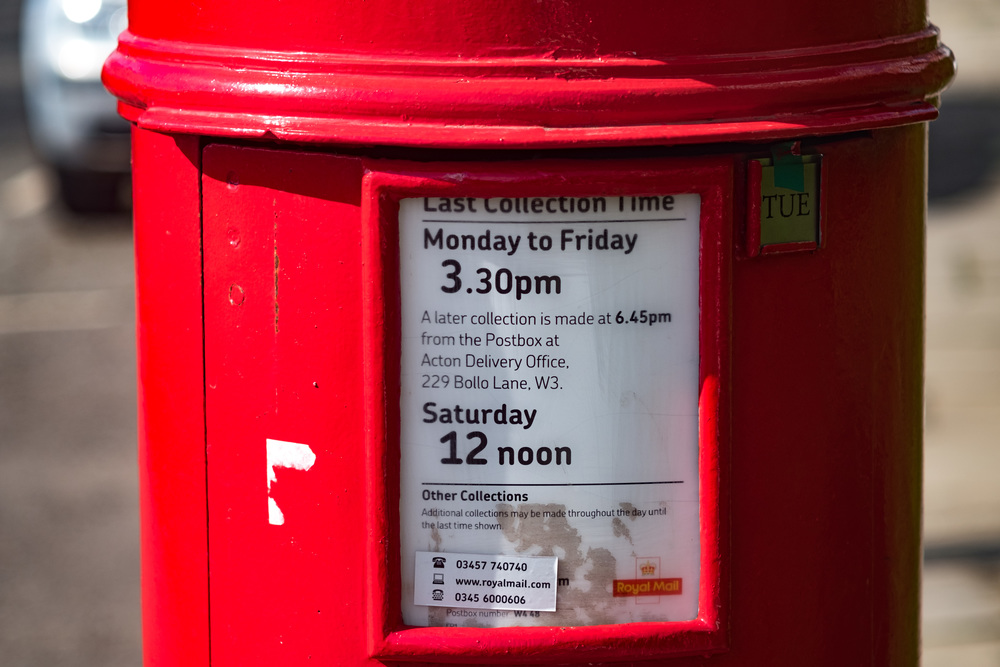
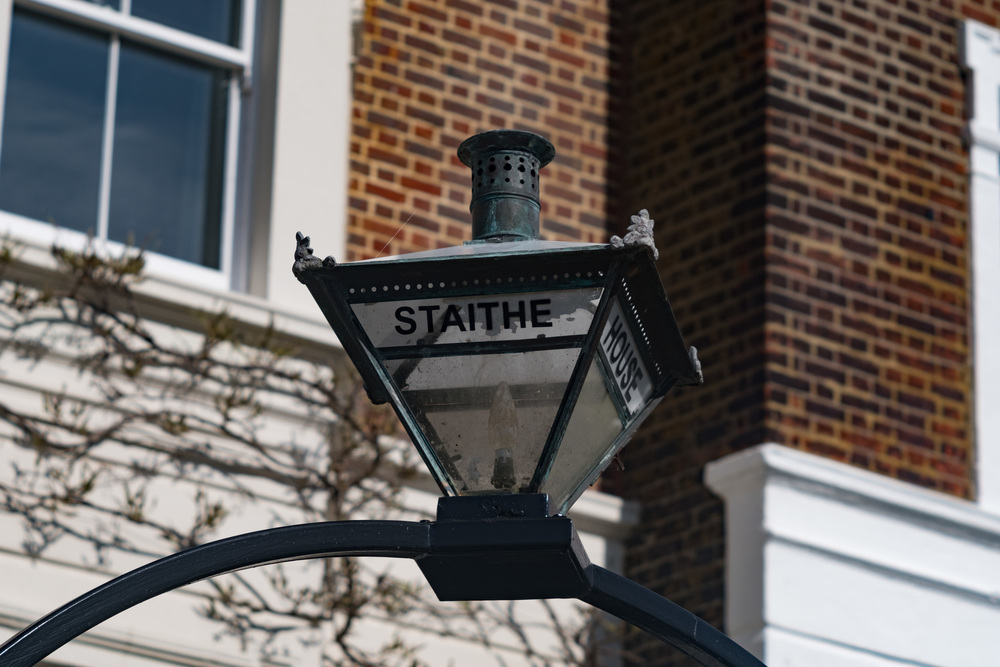
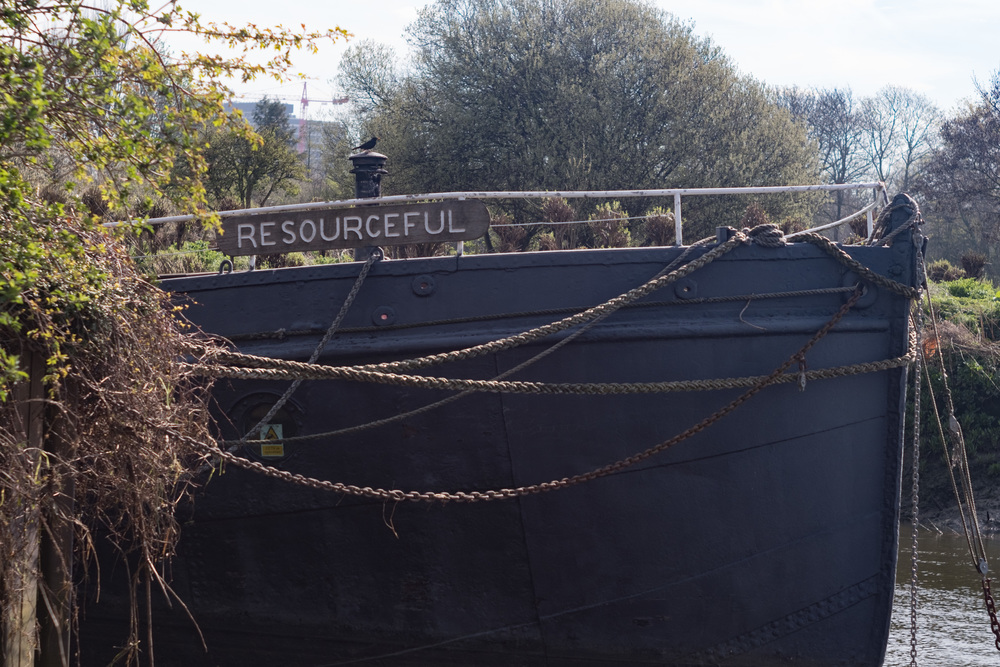
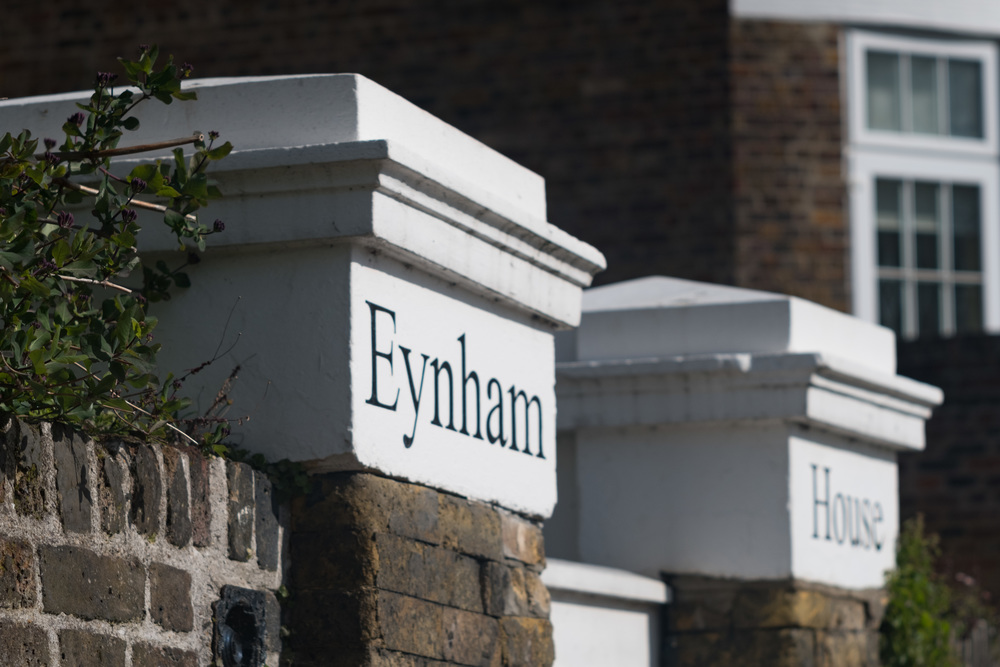
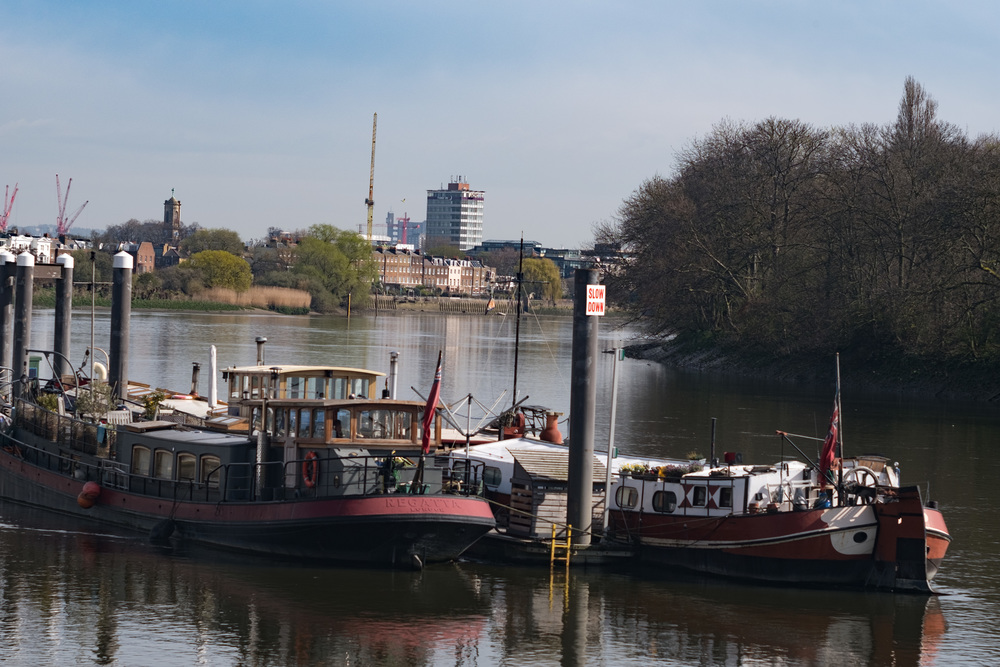
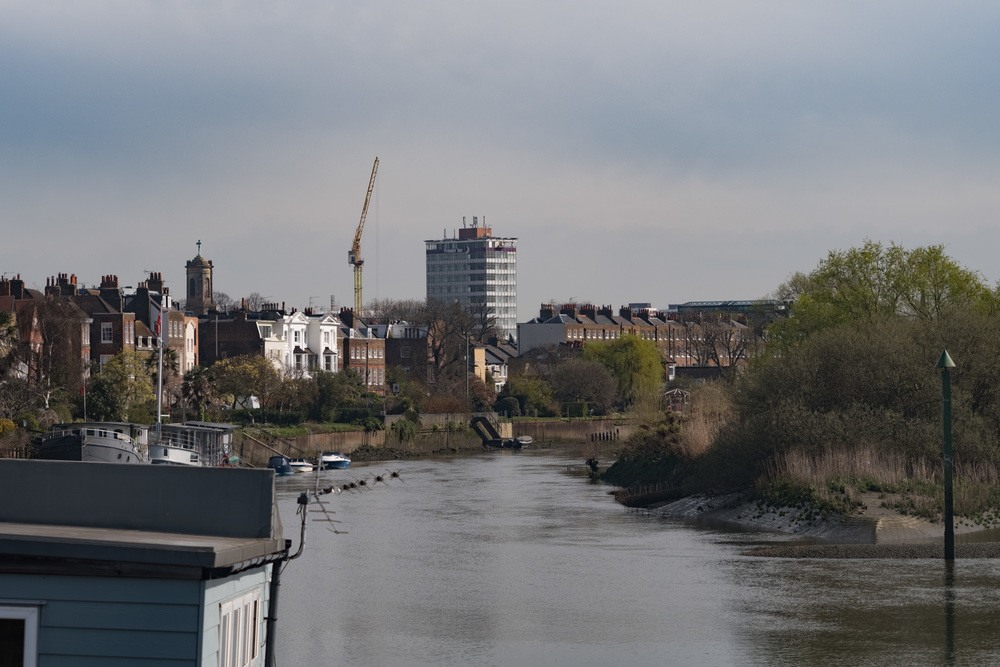
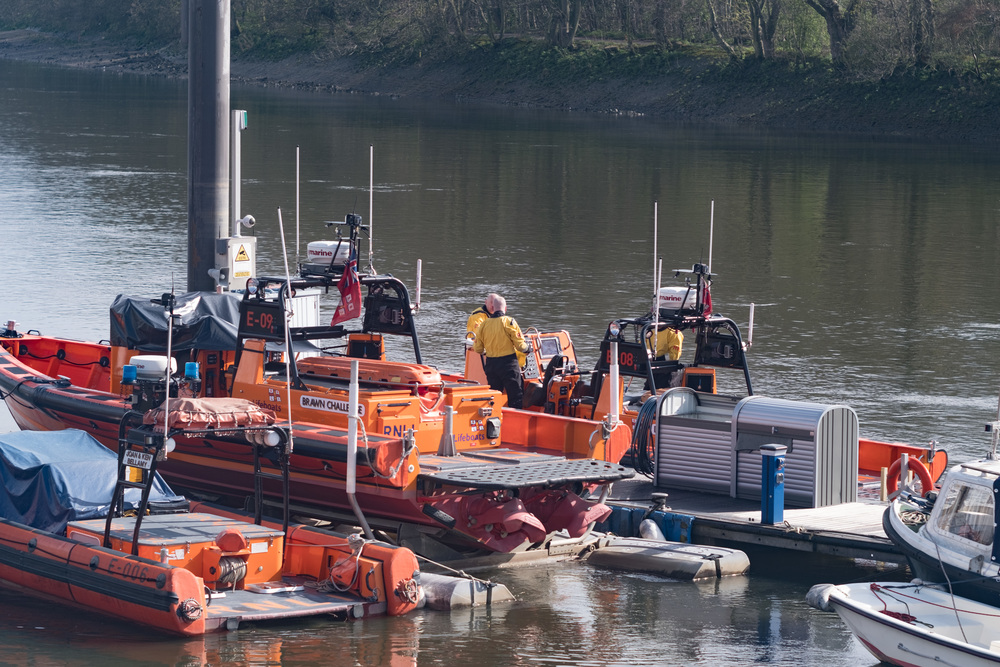
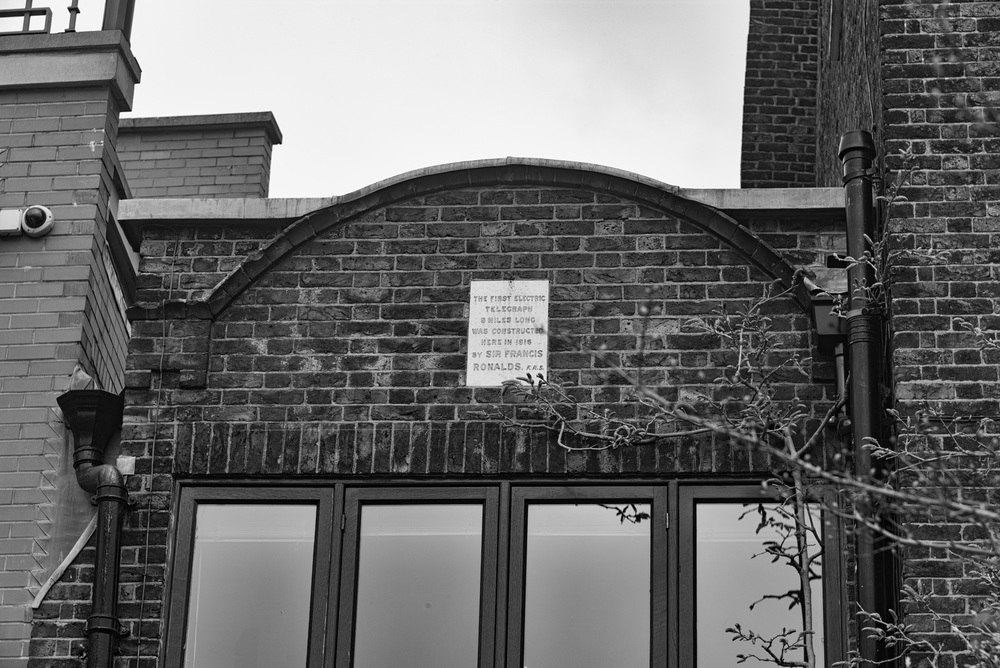
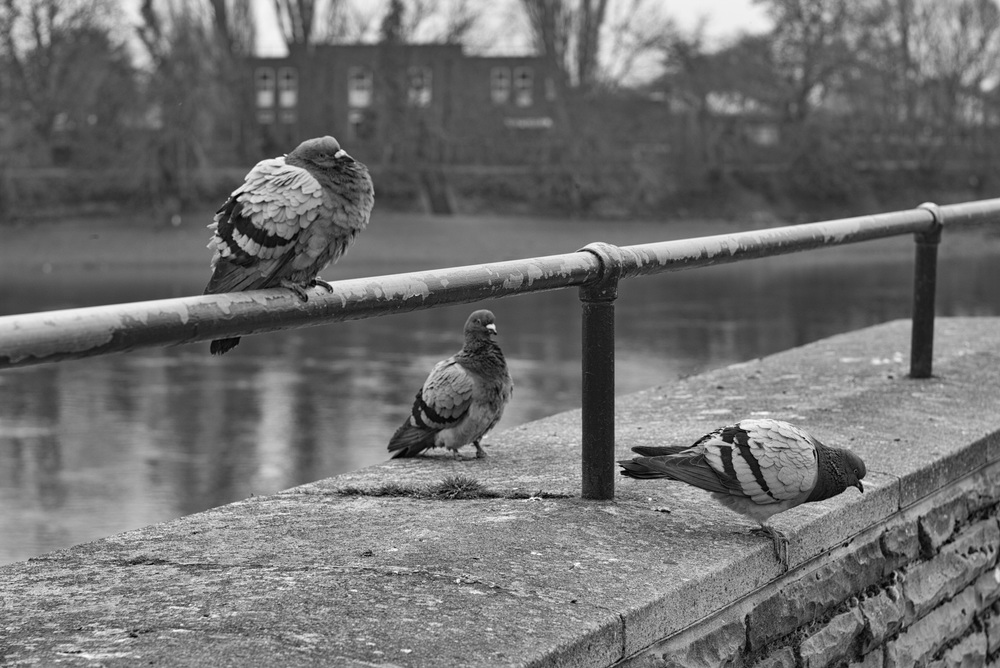
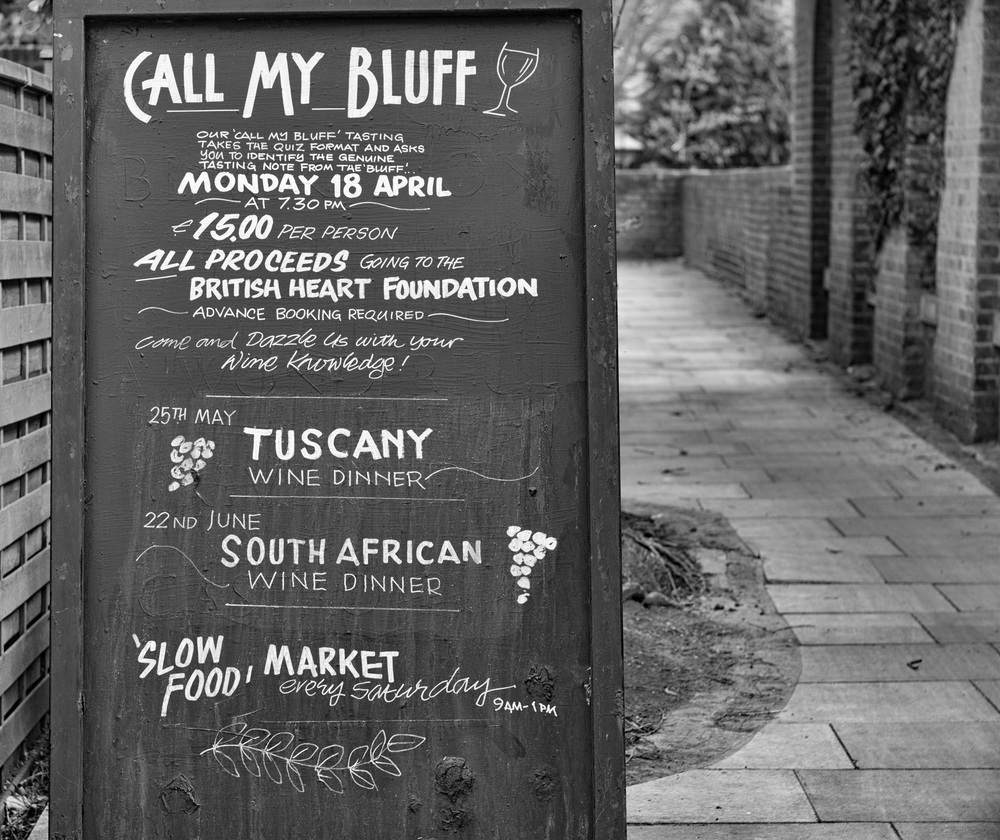
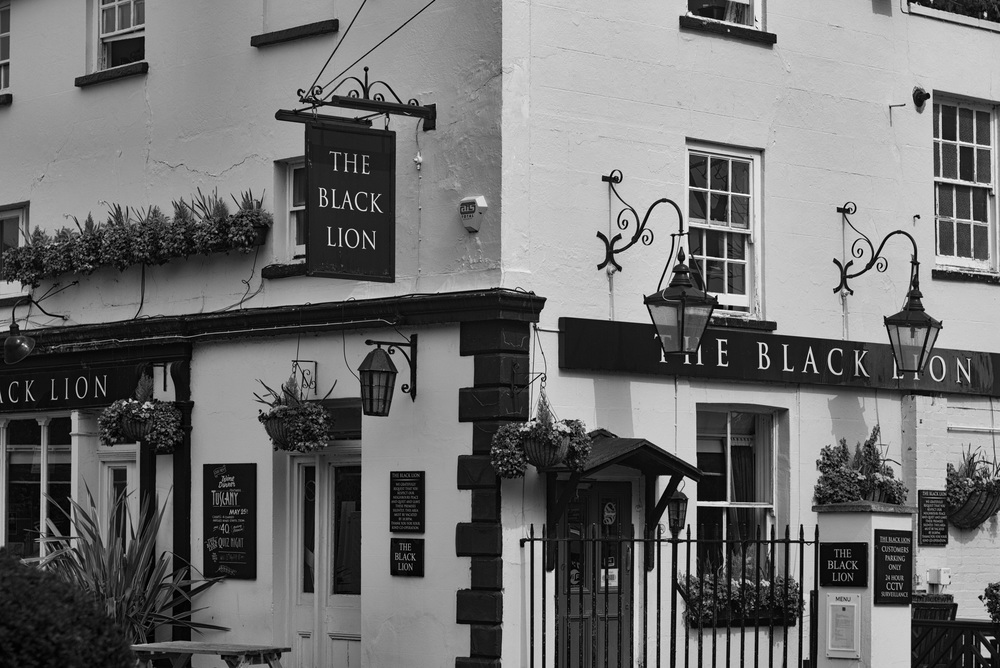
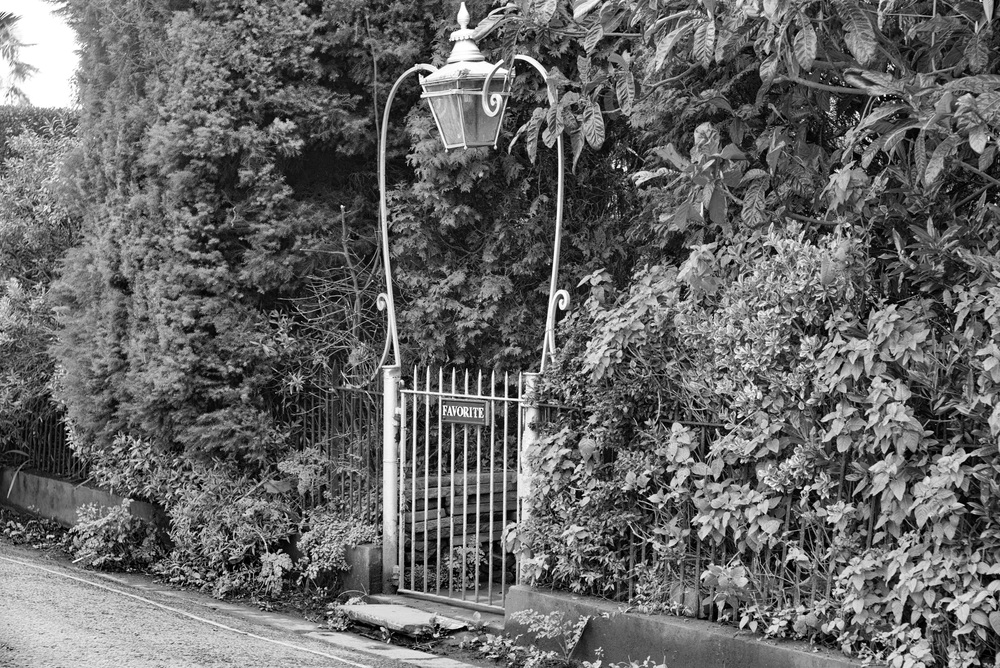
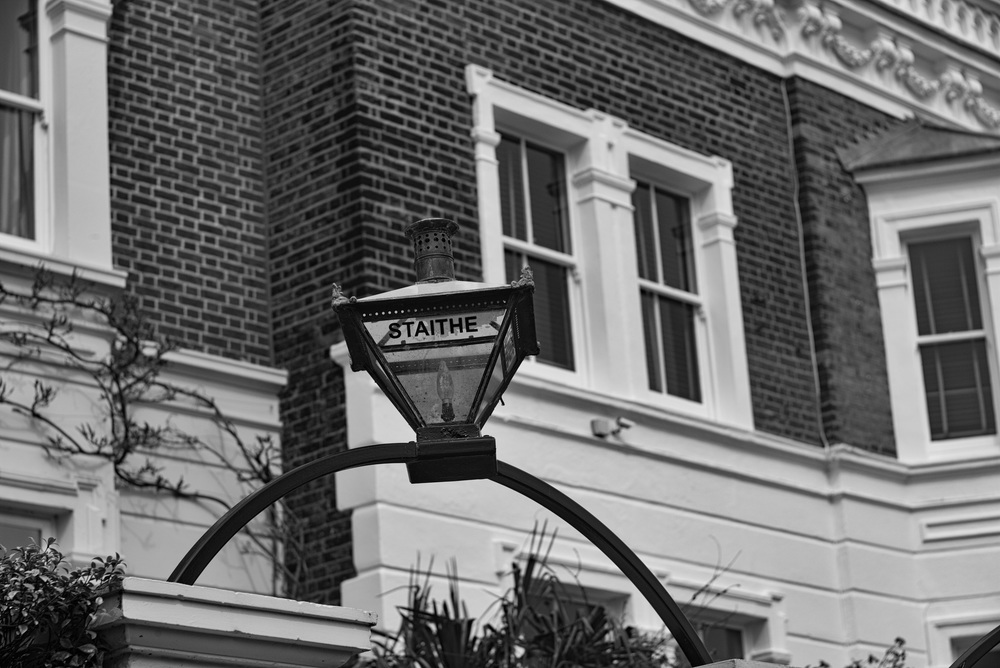
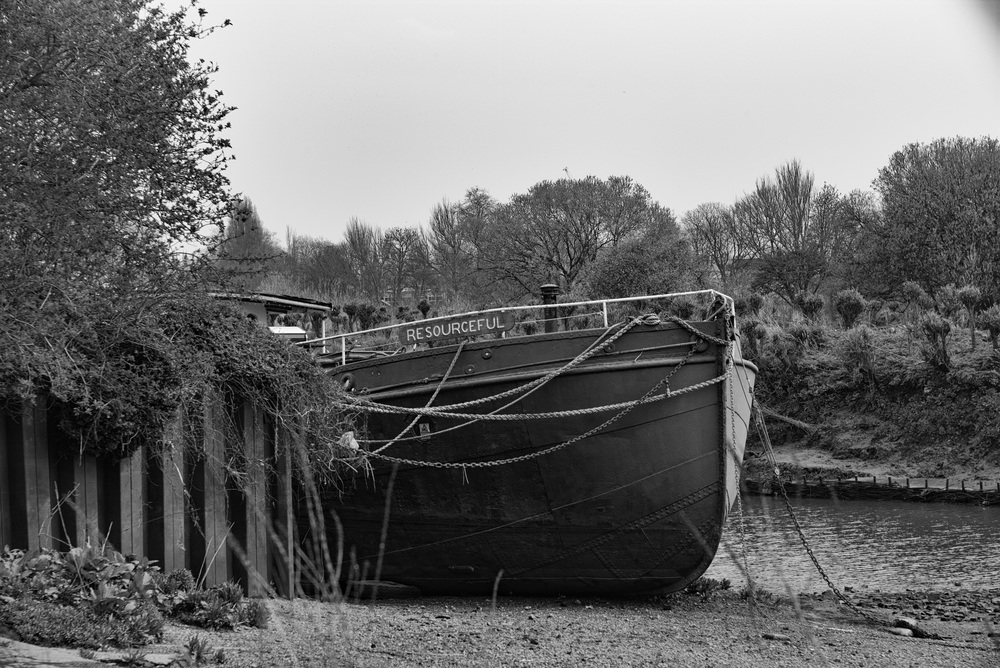
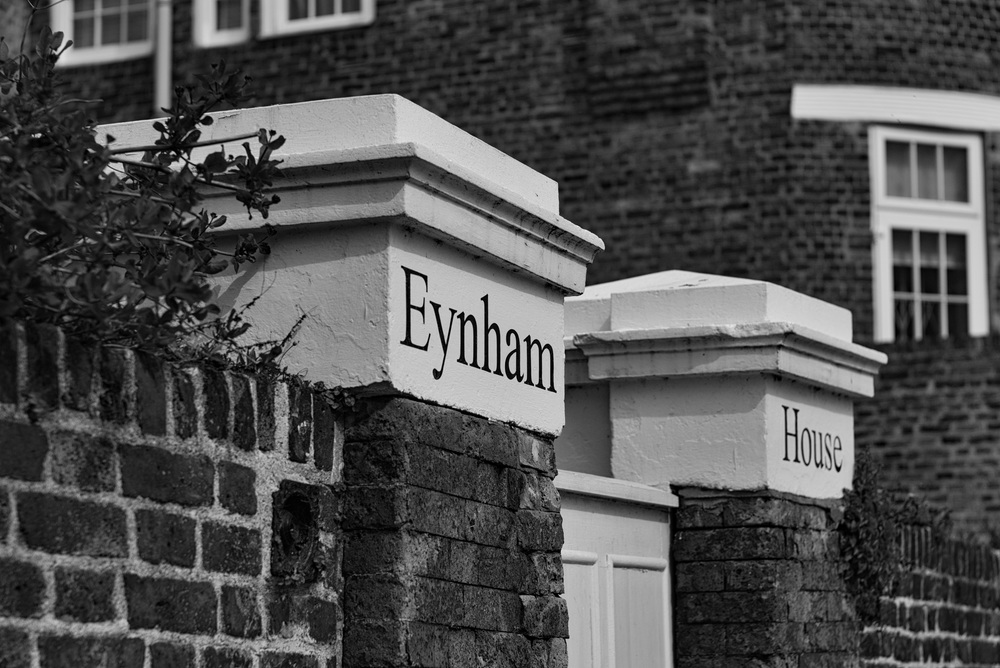
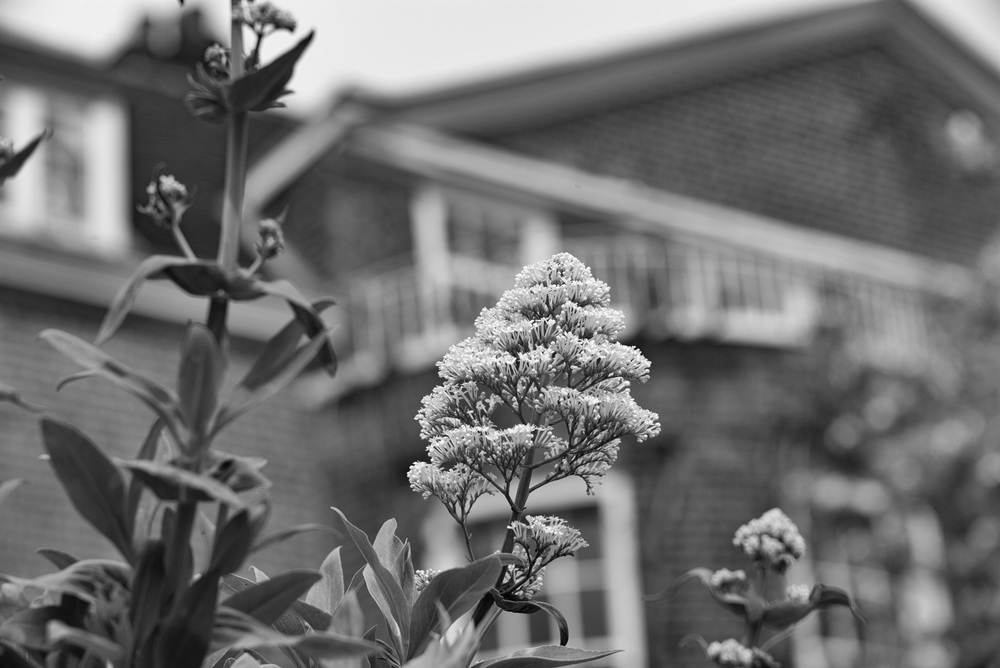
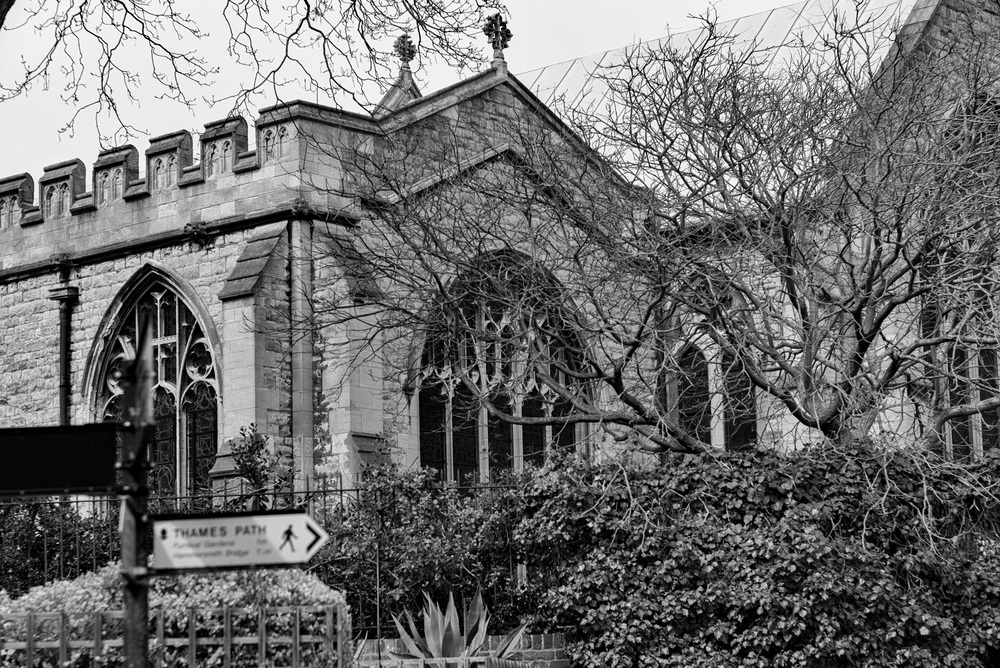
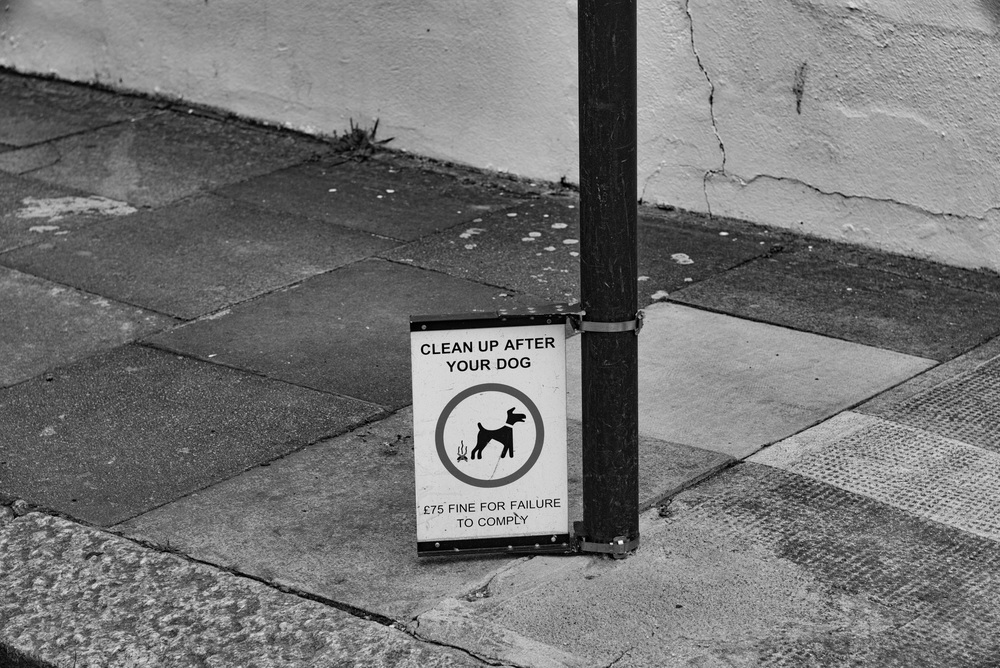
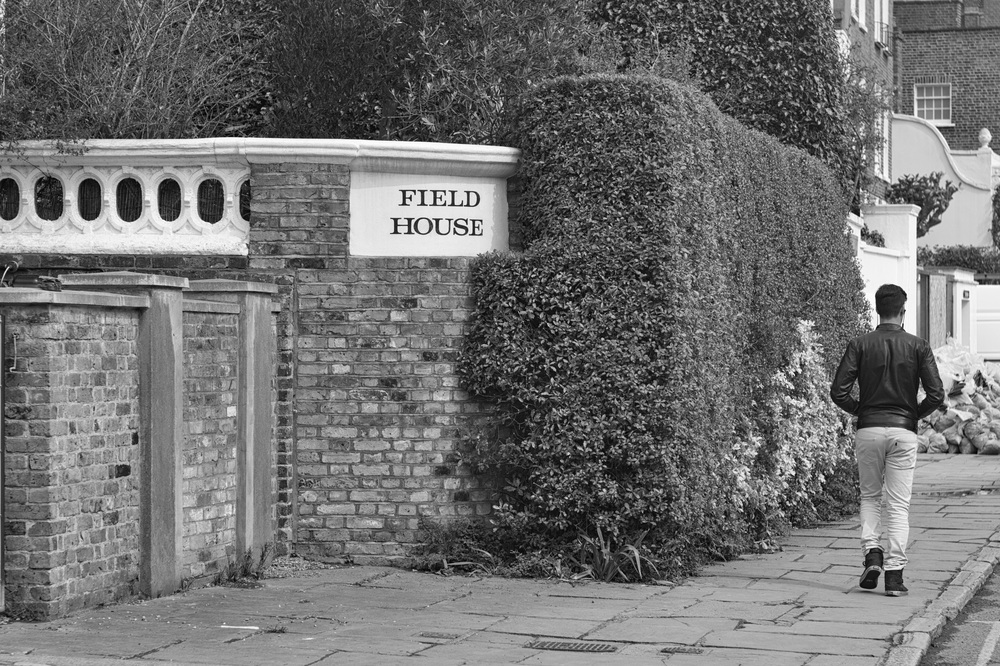
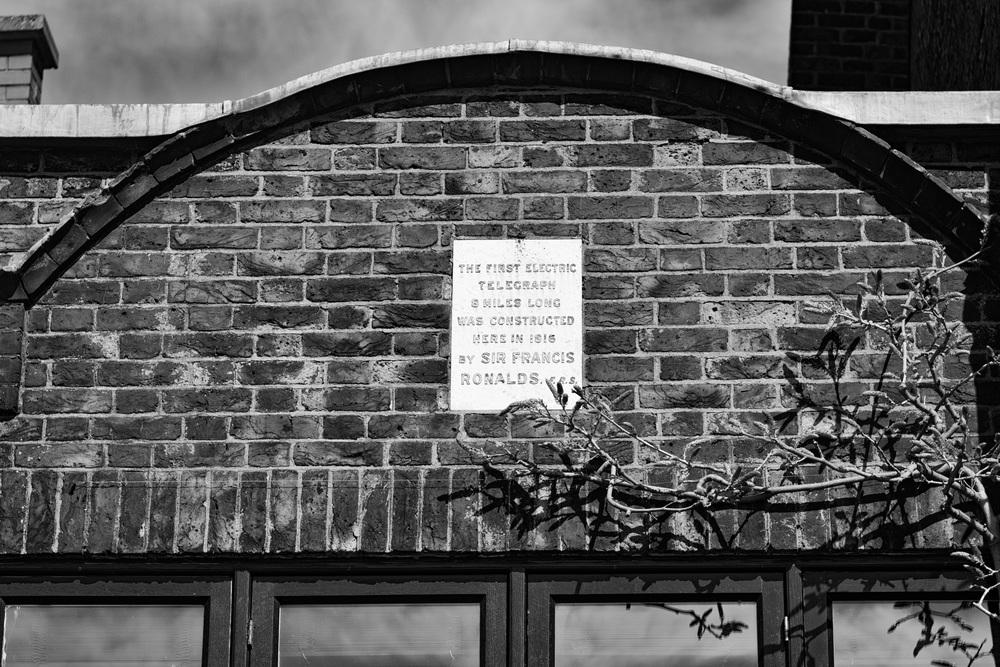
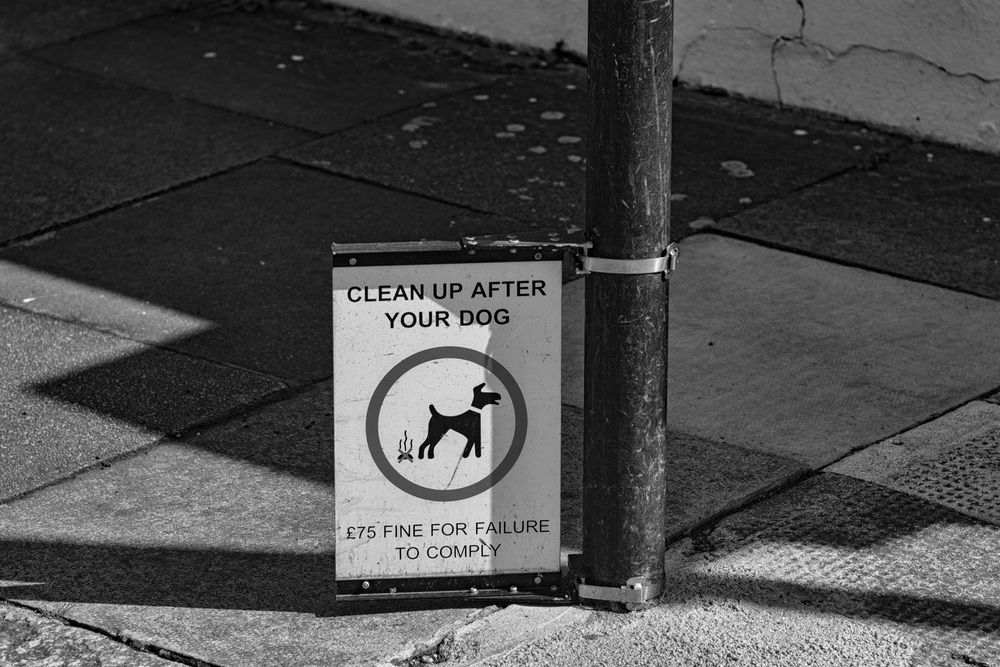
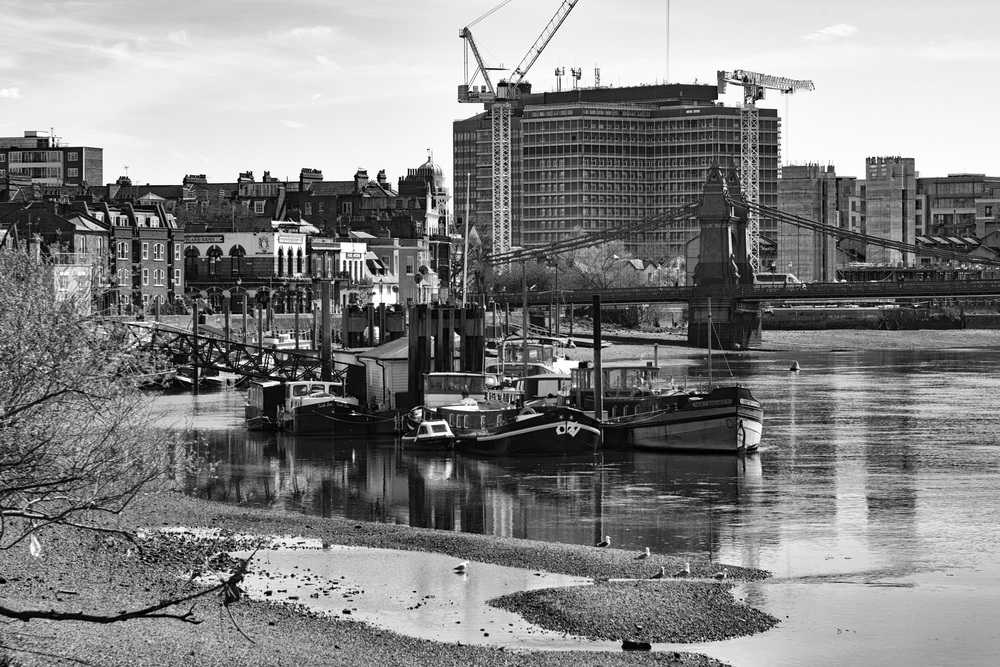
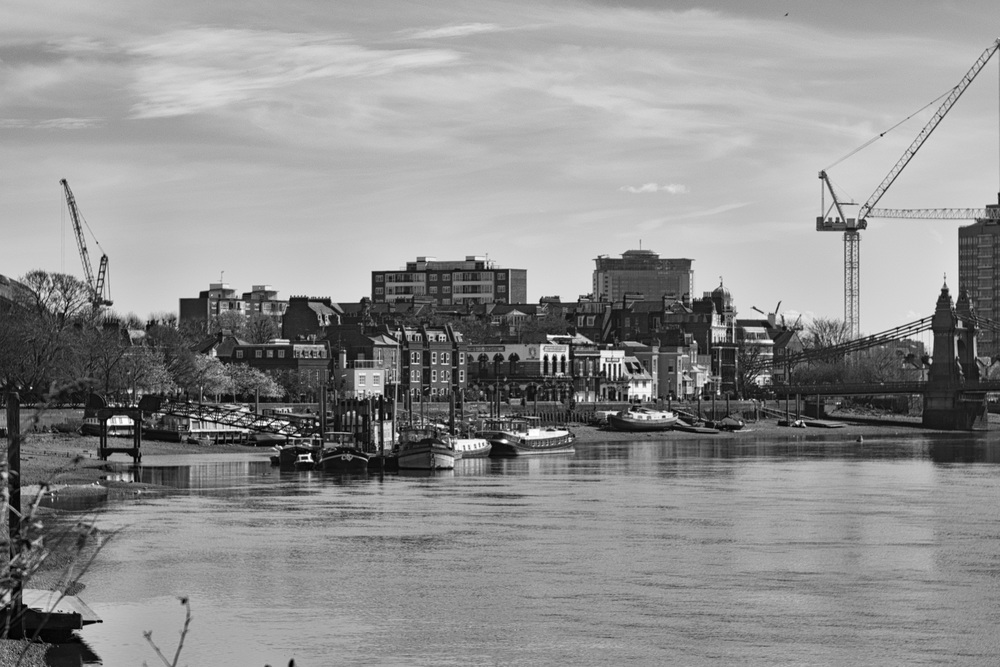
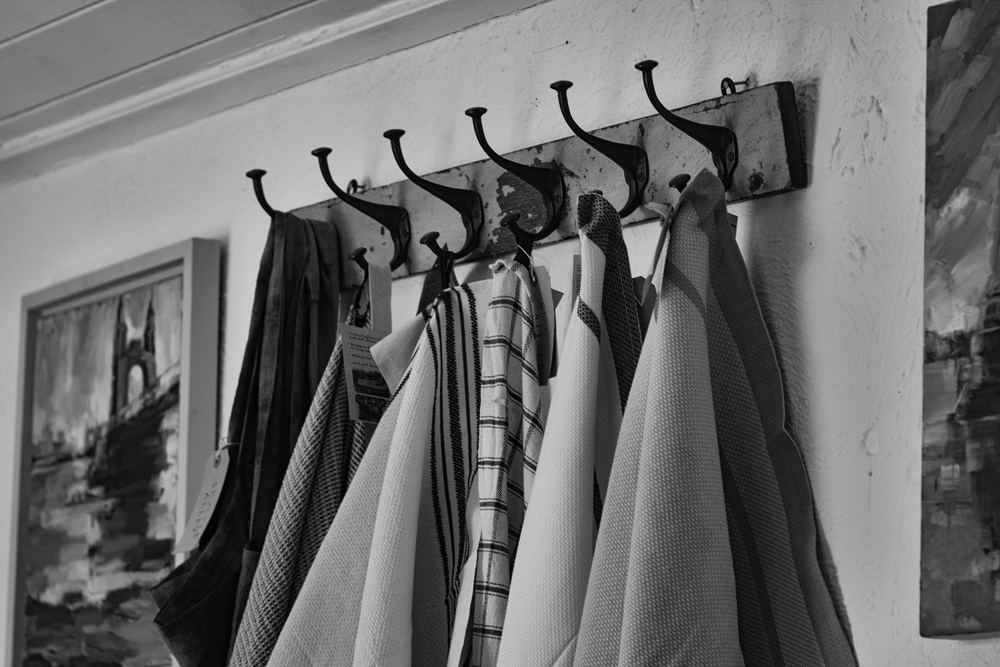
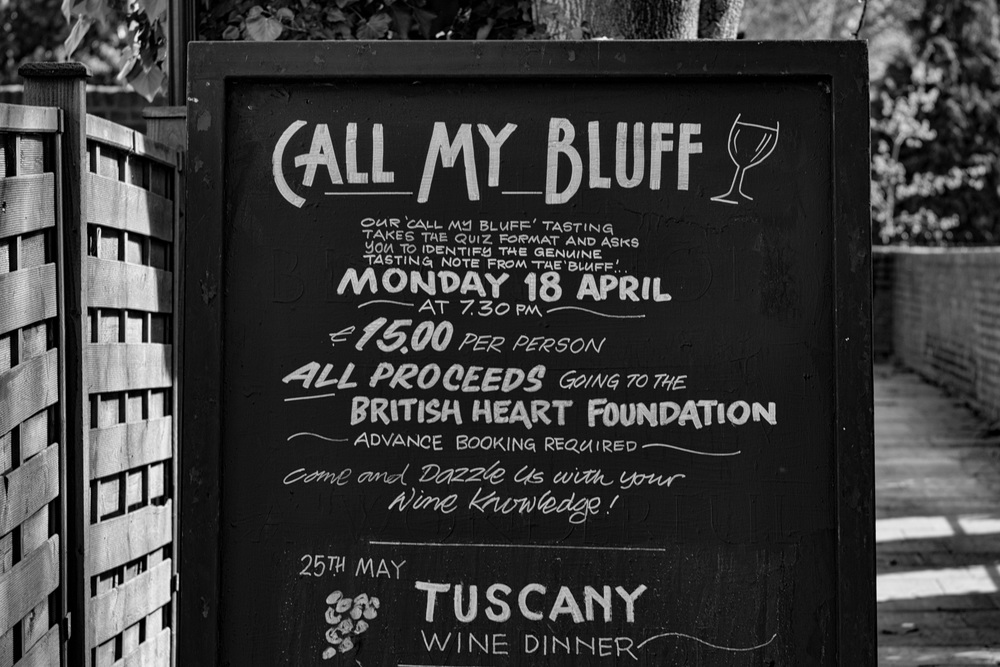
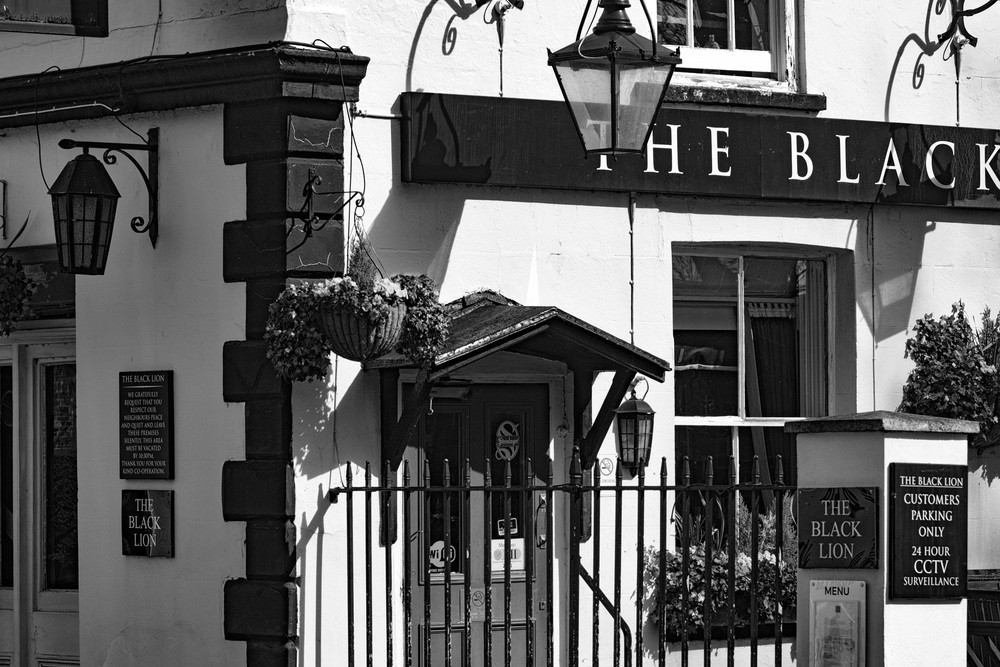
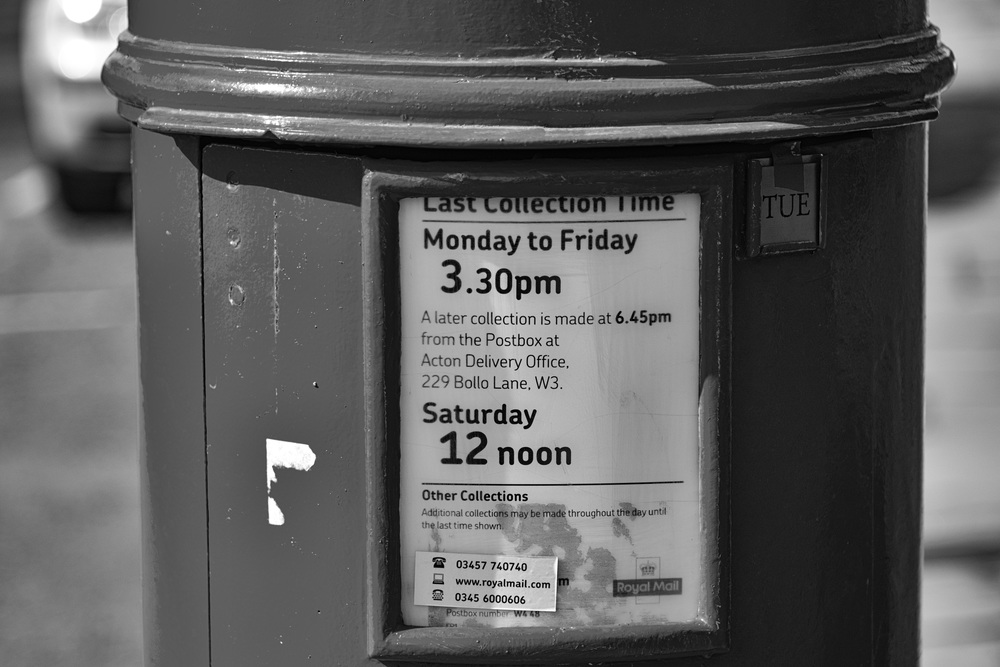
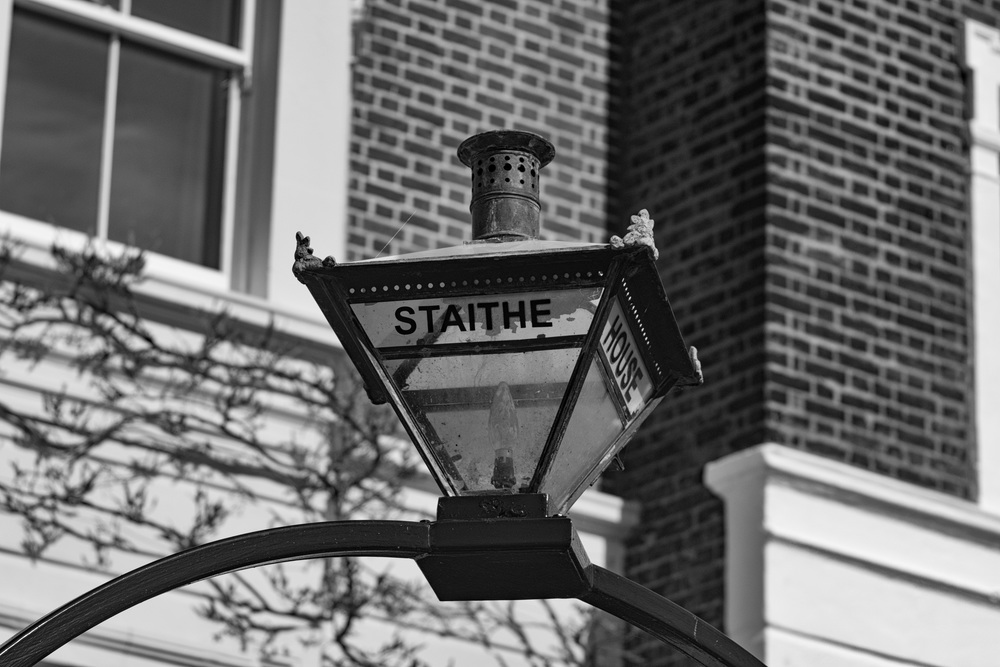
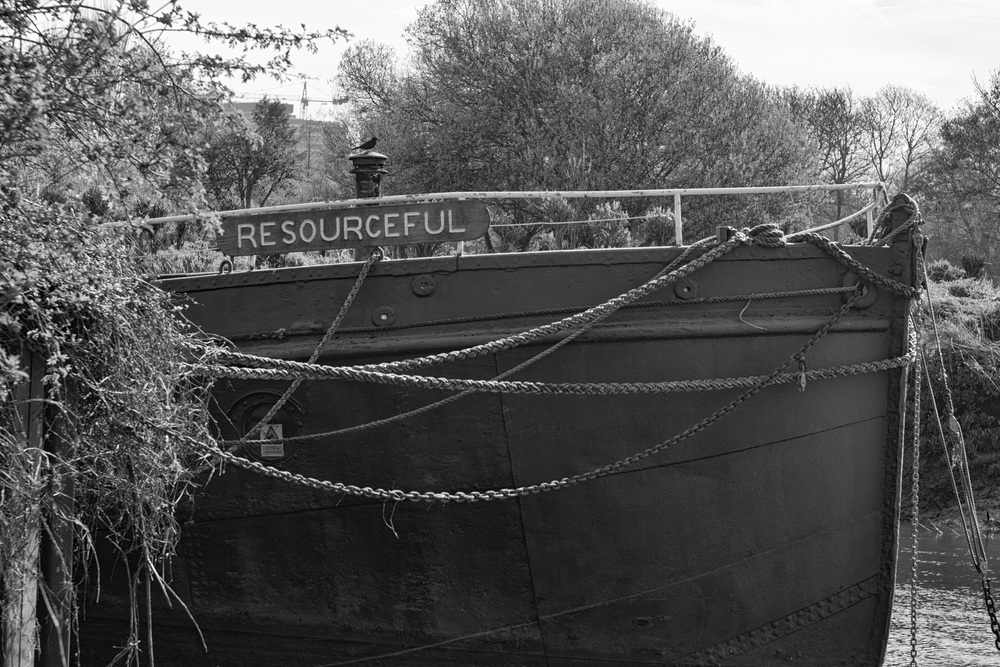
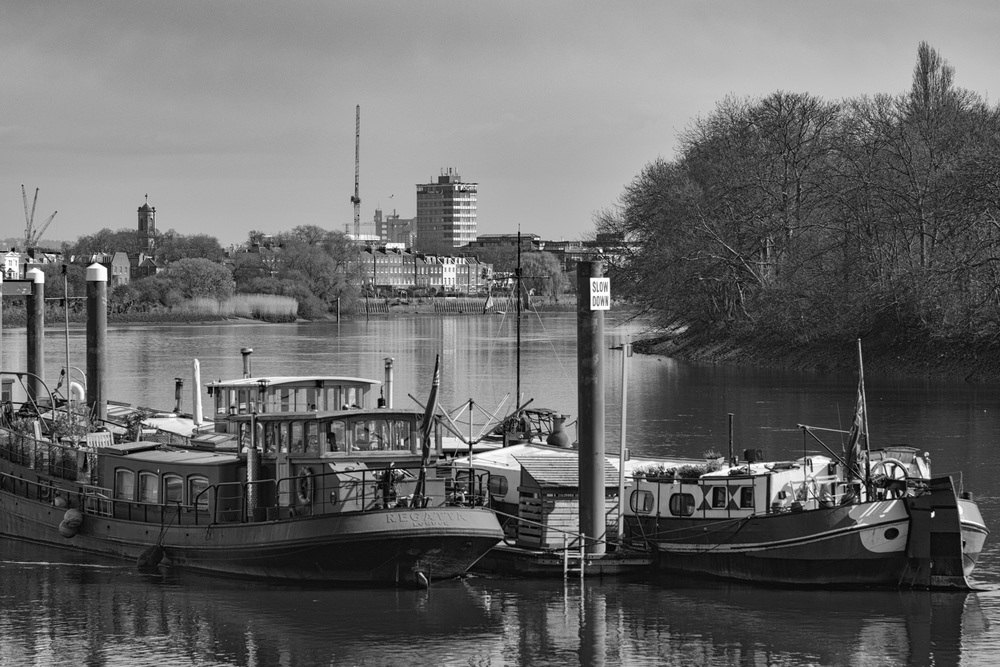
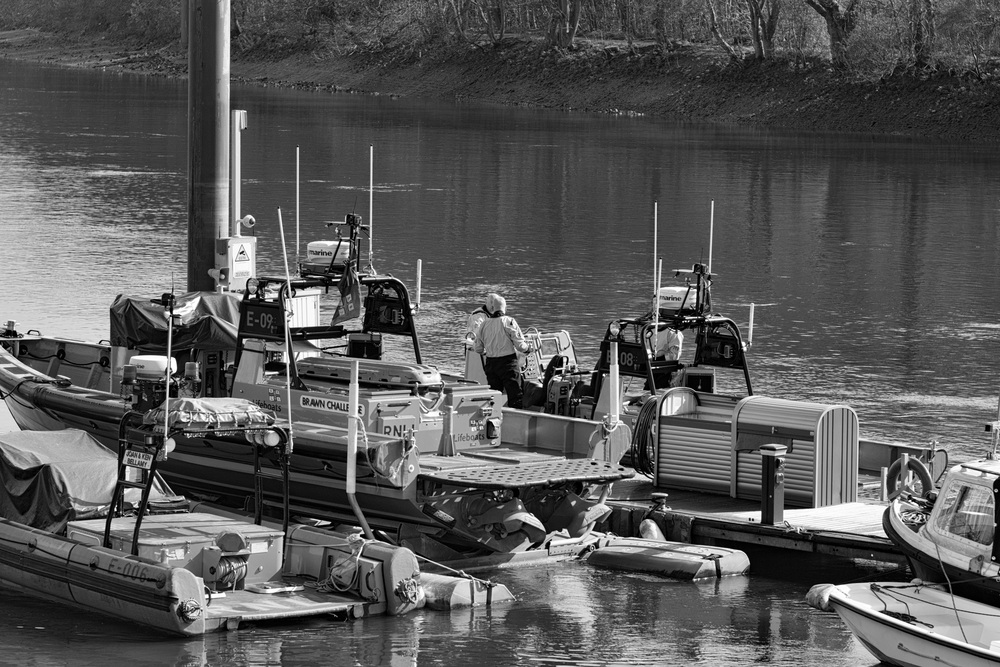
The four element Elmars differ between the SM and M models.
See below:
https://www.photo.net/discuss/threads/optical-variants-of-the-four-element-90-4-elmar.26633/
Thanks for posting this, Adam. A valuable addition to the discussion. I wasn’t aware of these small discrepancies and I am sure readers will find the thread interesting. Mike
Thanks Mike. This post illustrates quite a few points:
While 90mm/9cm is not my favourite focal length, as a collector I have picked up 5 different copies of the Leica f4 lens; a ‘Fat’ one and two (one came as part of a set) ‘Thin’ ones from the 1930s, as well as both the collapsible and rigid M versions from the 1930s. The one that produces the worst images is the collapsible M model – you really have to stop it down to get decent quality. The best images are from the rigid M model. The earlier lenses are, I think, all uncoated and that is something which every photographer should try at at least once as there something wonderful and ‘old world’ about the images from early uncoated lenses. The Leica with its more neutral colours should be better than the more saturated colours from the Fujifilm for such work.
Your exercise has encouraged me to attach my Canadian made Leica 90mm Summicron to the Fujifilm X-Pro 2. I will report on the results.
William
I agree with all you say, William. It was an interesting and rewarding exercise. I have Summaron and 135 Elmar in similar "interesting" condition and they are next on the list. I also intend to try them on the SL. When you see the two gallery blocks of colour pictures from the M and the Fuji it is immediately obvious, as you say, that the M renders more neutrally. I boils down to personal preference but, on balance, I think I prefer the M. As you say, though, there is little to choose in terms of image quality and, strangely, the B&W conversions from the Fuji shots have more presence and, in many respect, look sharper. Strange. I would like to repeat this on an MFT camera such as the Olympus OM-D1.
I have a 1954 collapsible 9cm Elmar… I have barely used it due to OCOLOY, I paid an awful lot more than you did Mike… ffordes! Apparently great care needs to be taken if mounting on a digital M.
There is not much wrong with old lenses though, they all have their merits, the older ones are less "clinical" to reuse a word used by yourself a few days back.
Your 9cm collapsible is probably in better condition than mine (it ought to be if Ffordes sold it to you at a higher price). Note that mine would be worth £80-£100 without the fingerprint and clouding. But, a word of caution, I can see neither fingerprint nor clouding. It takes an expert (one Ivor Cooper for instance) so it is a minefield to buy this stuff at a camera fair or car boot sale. I have a suspicion the 9cm collapsible commands a higher price than the rigid. But you must try it out.